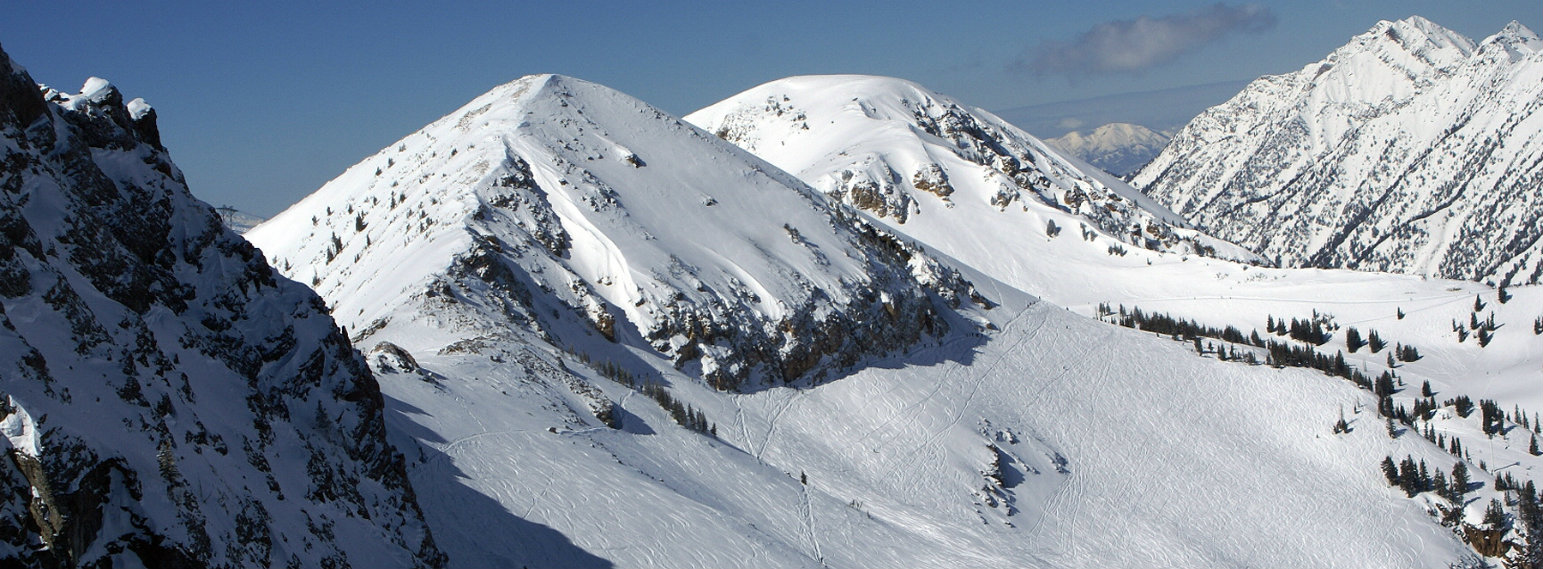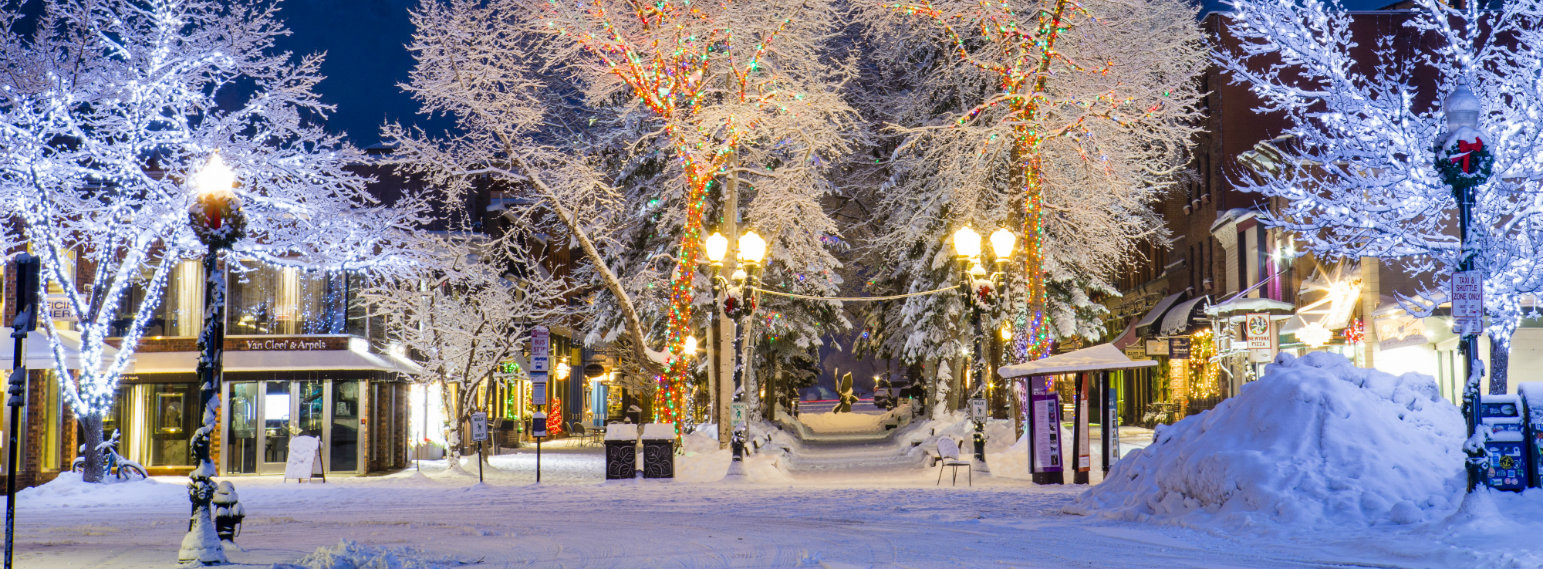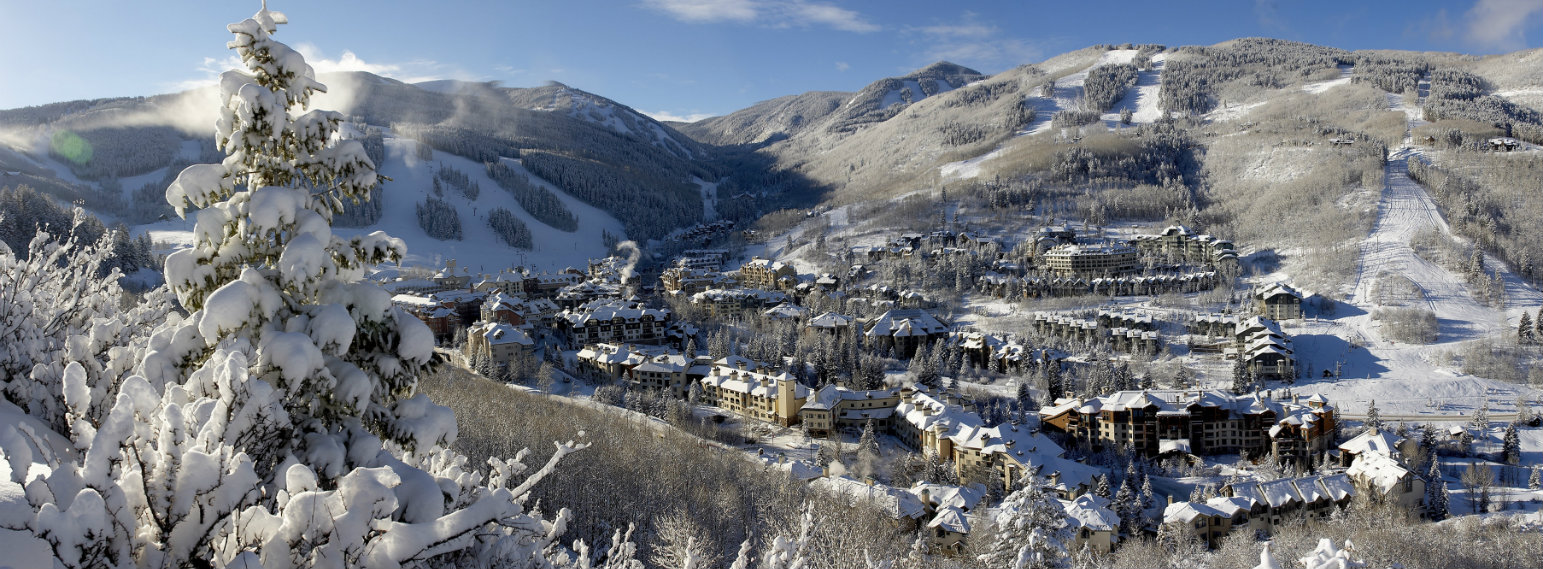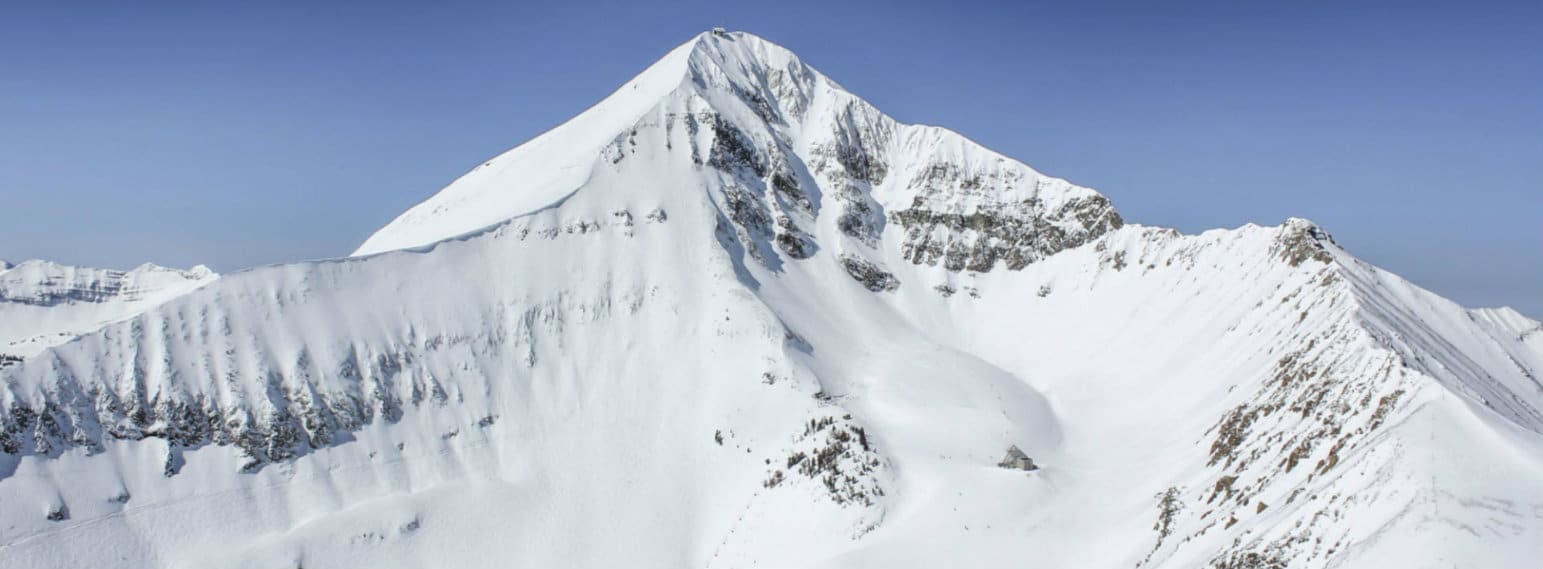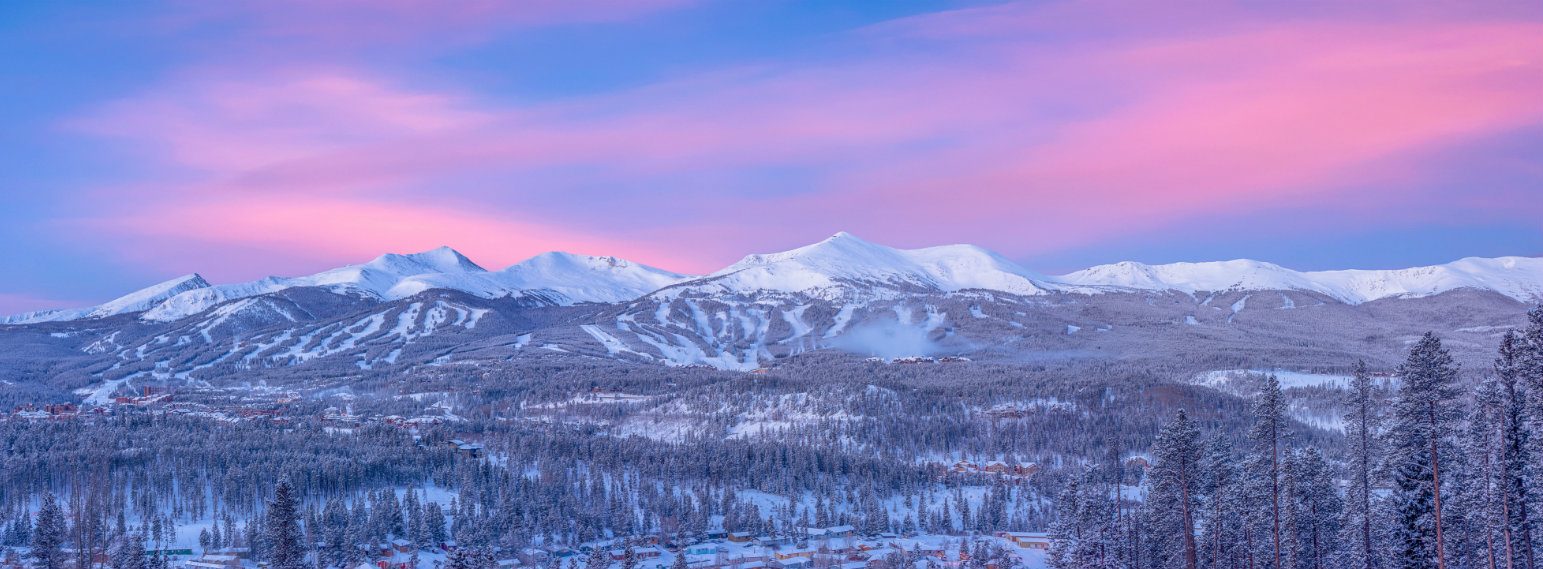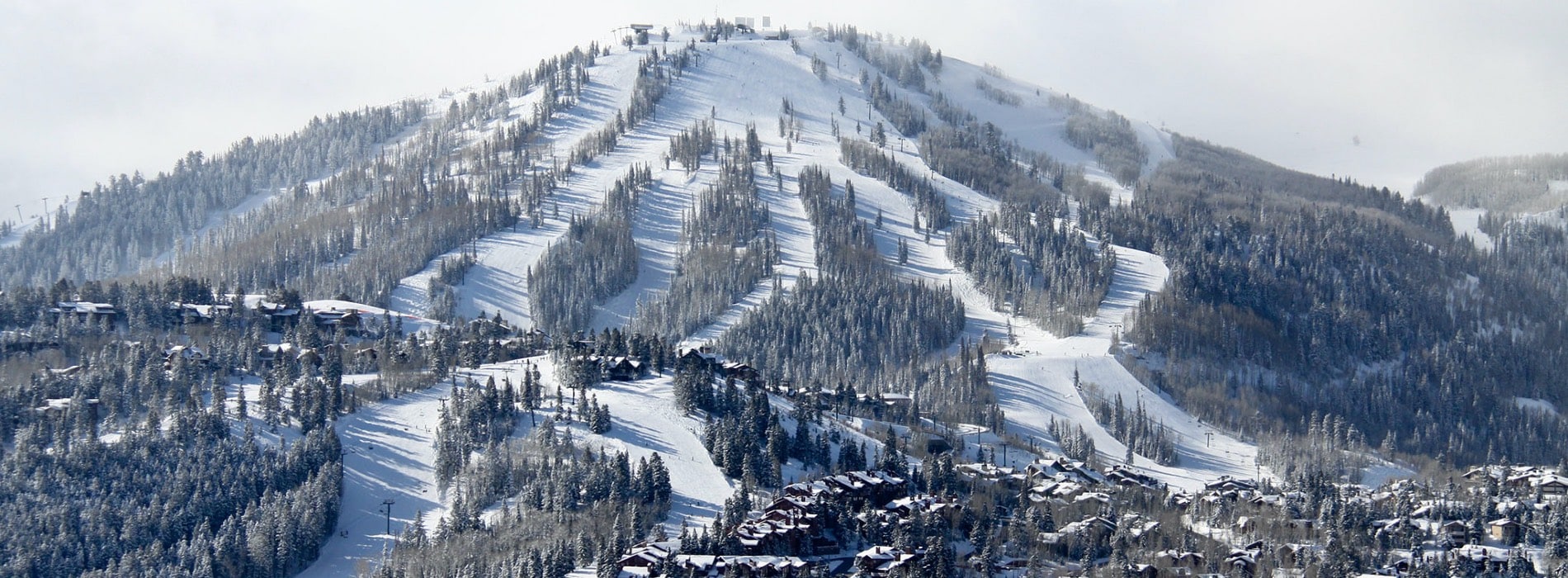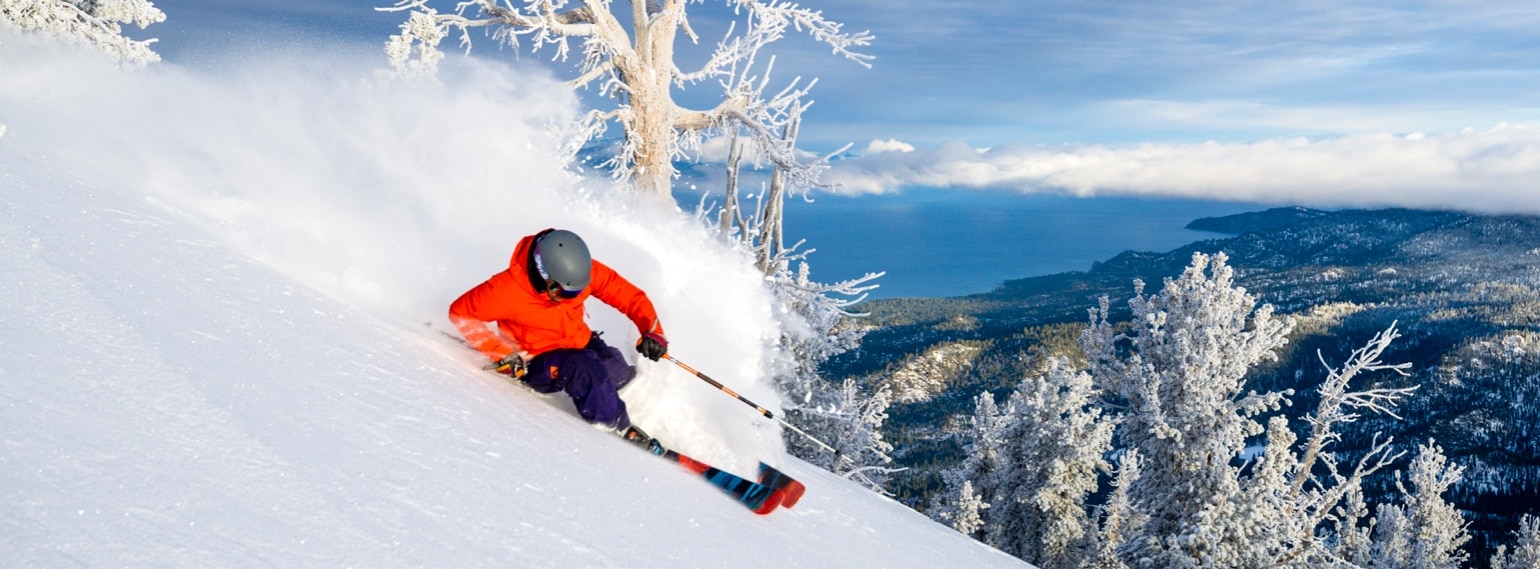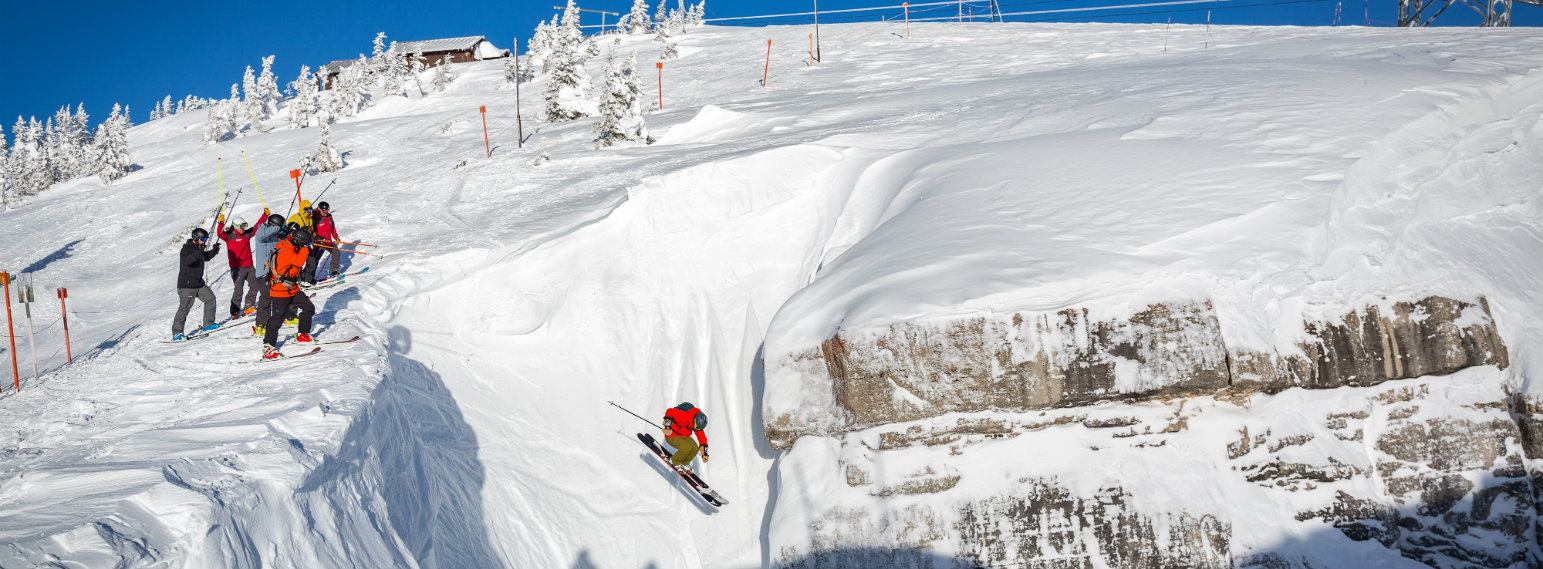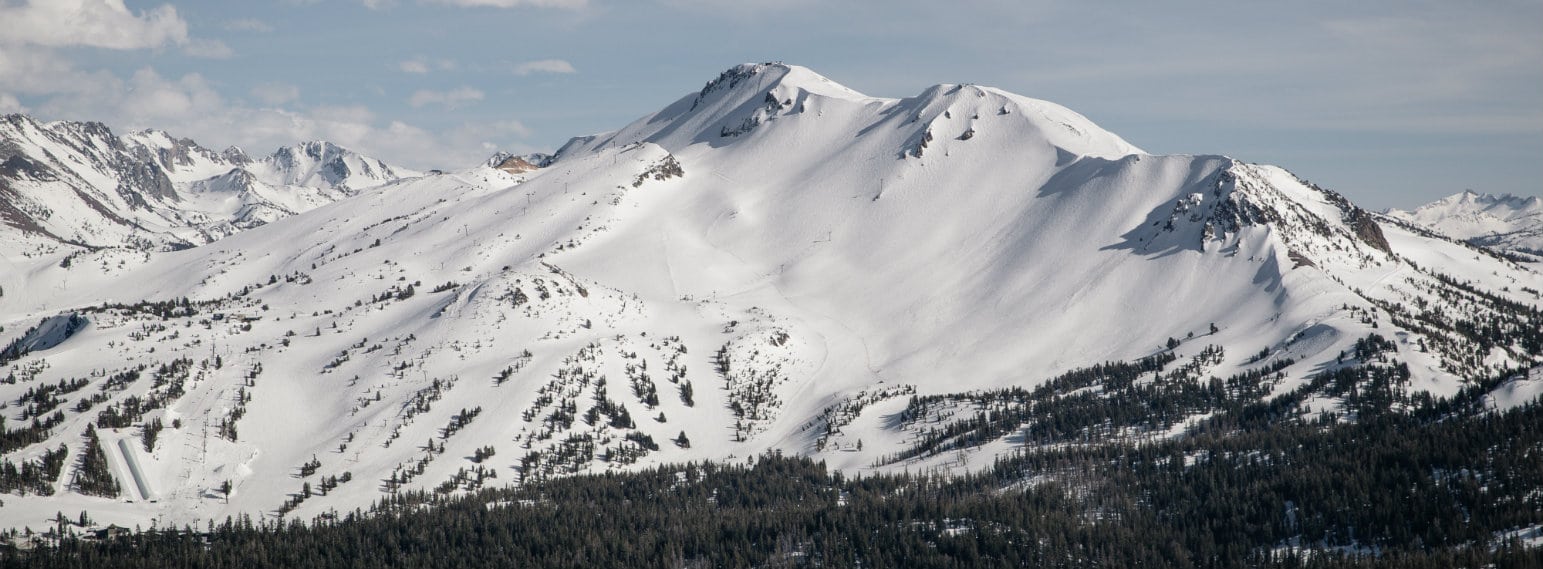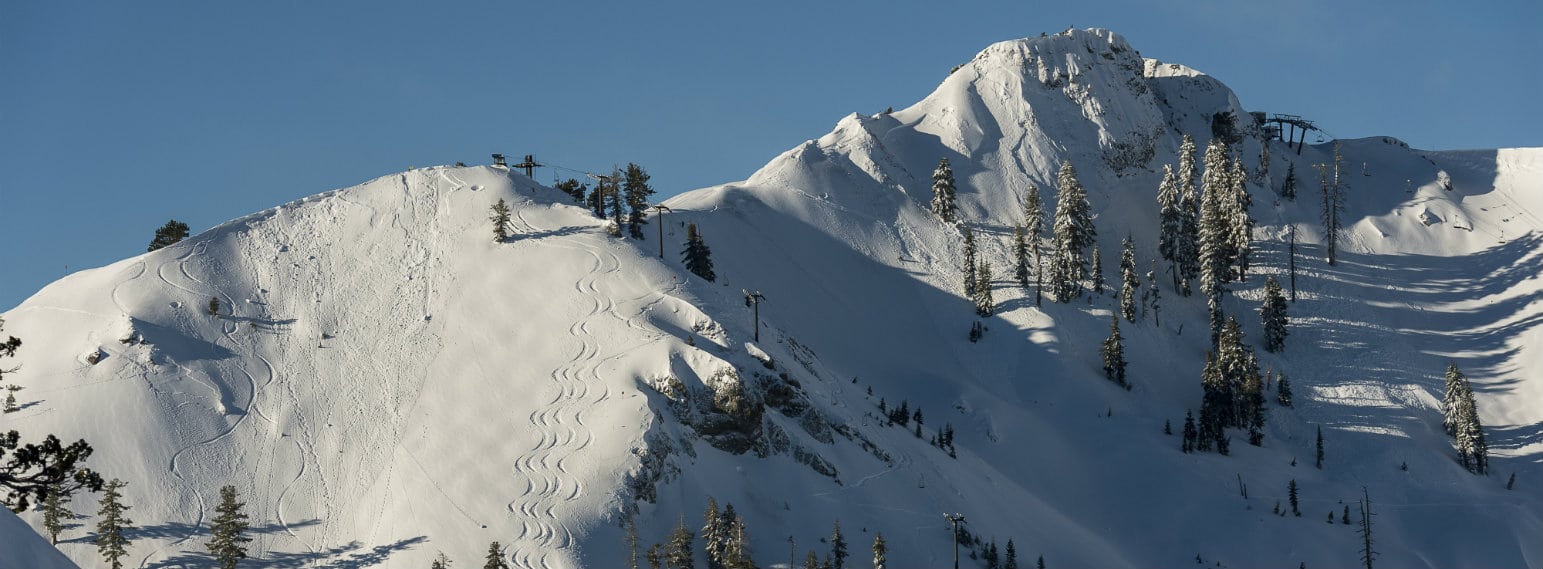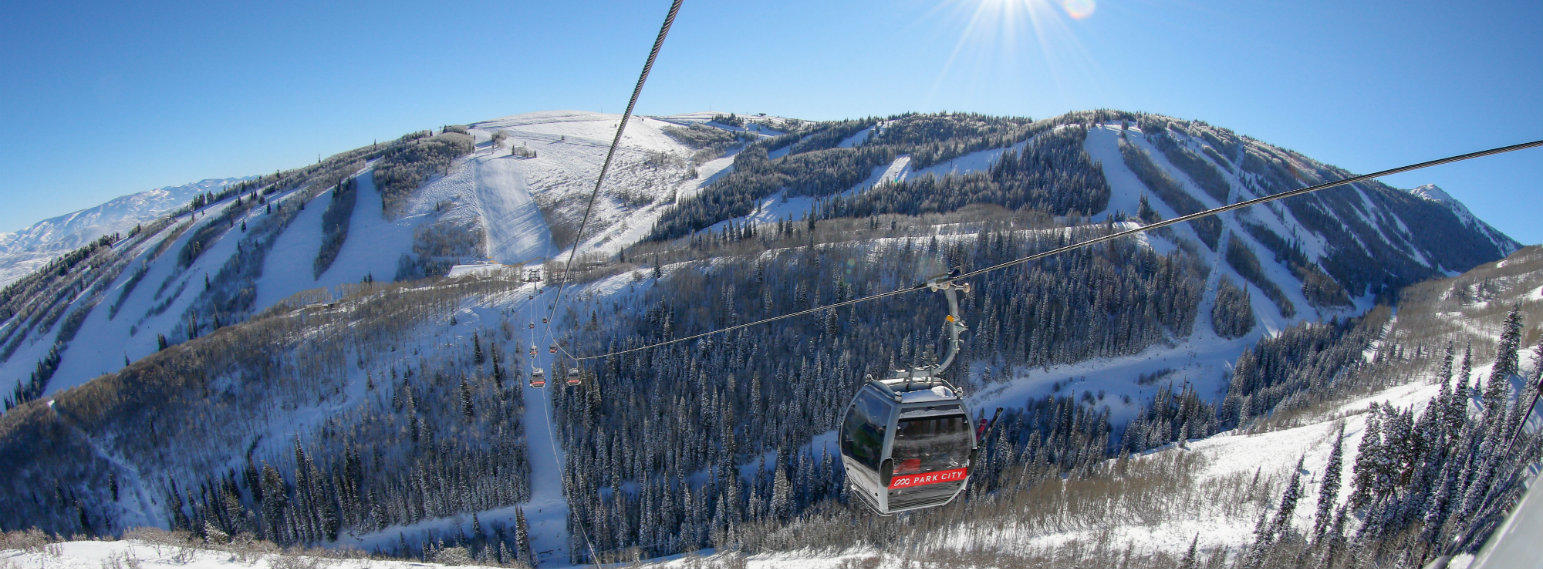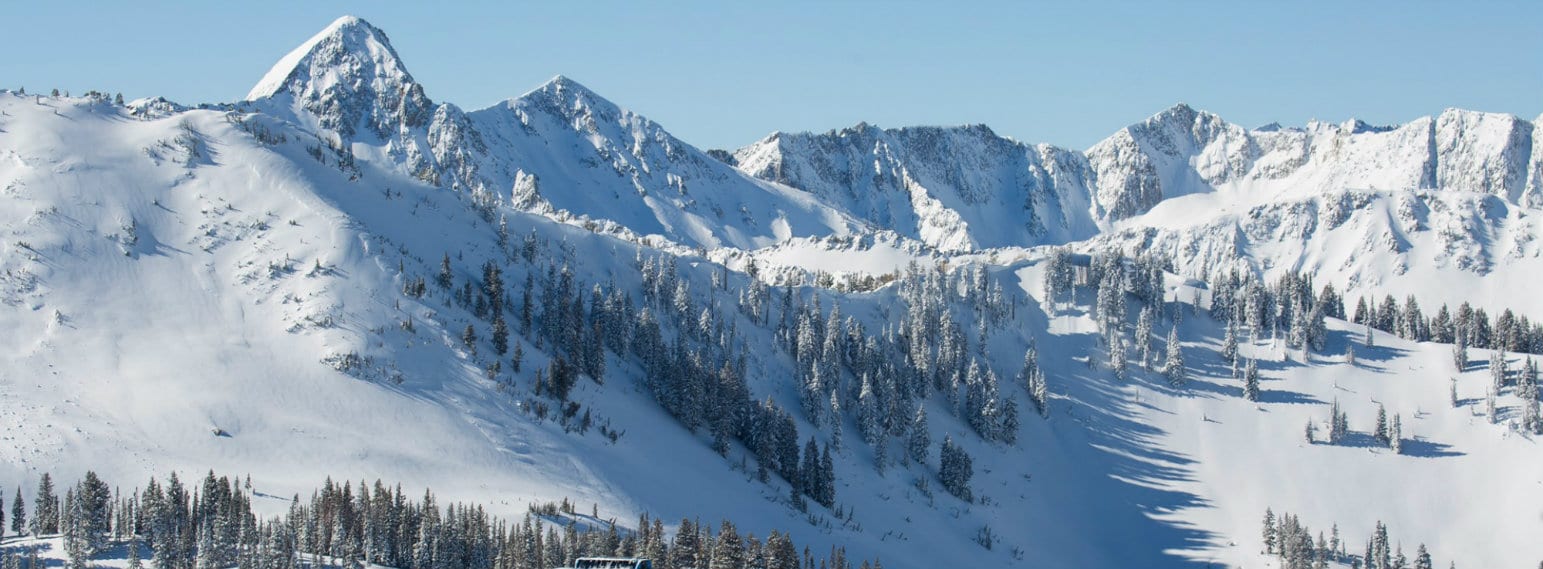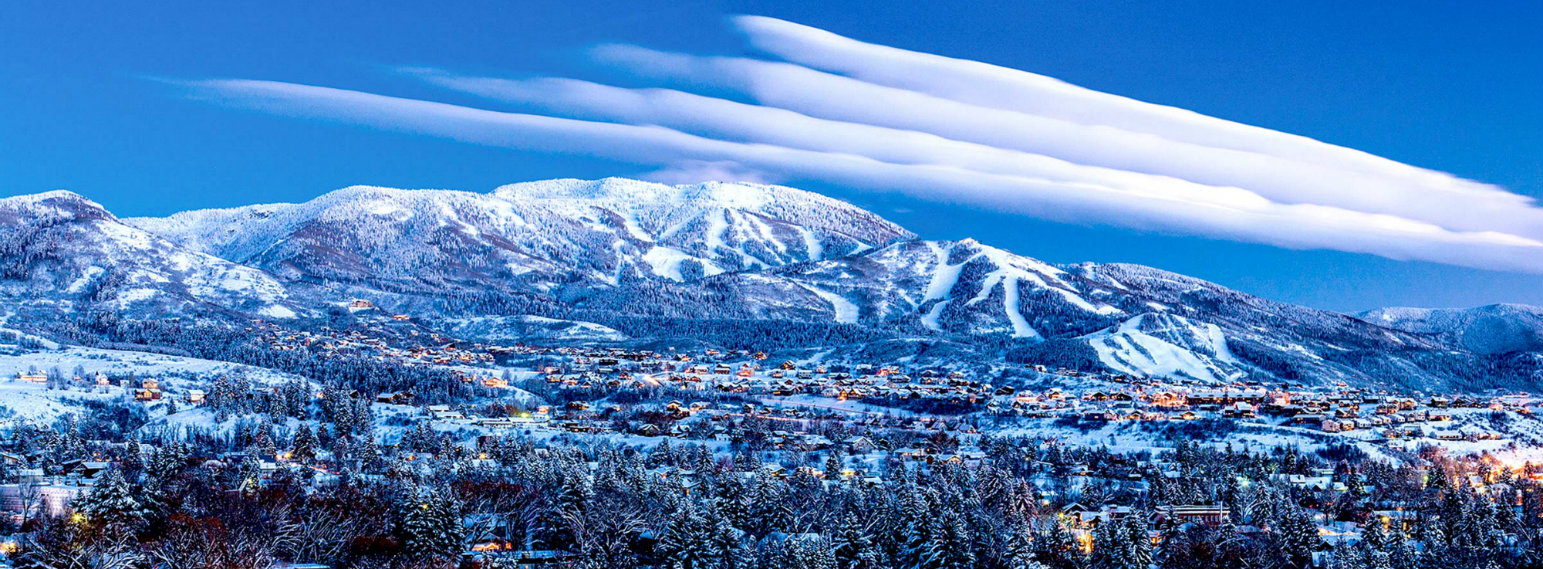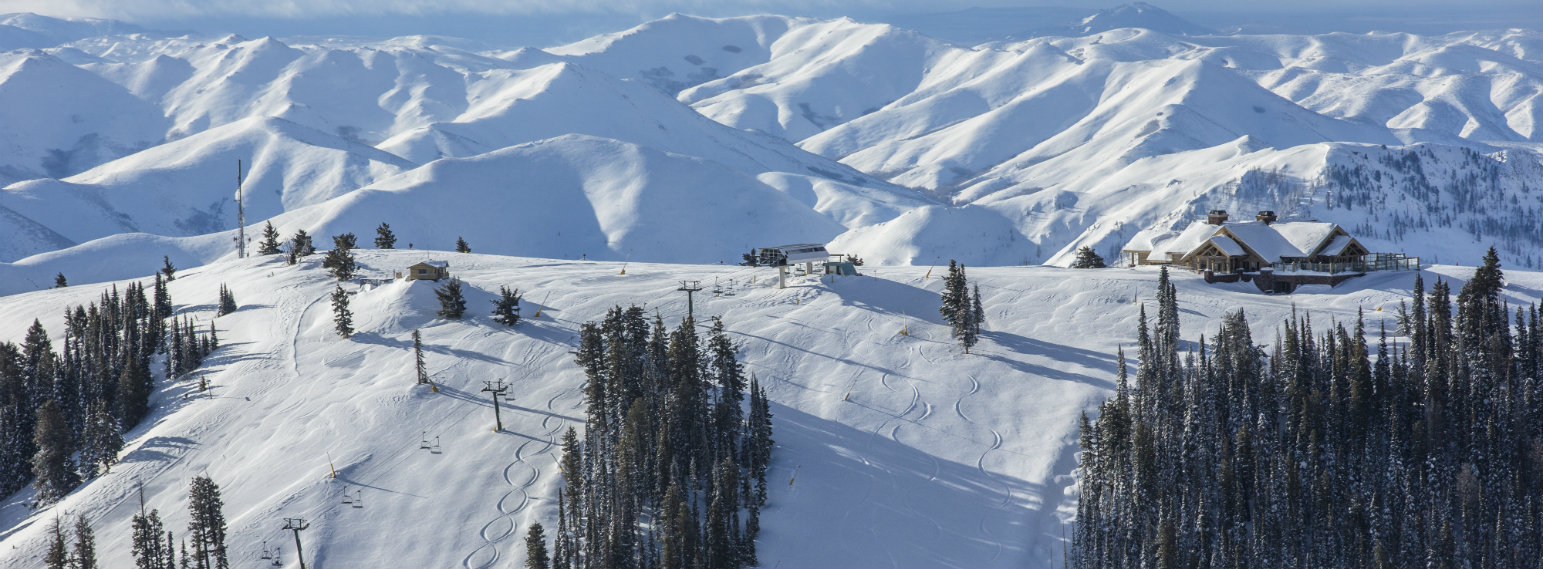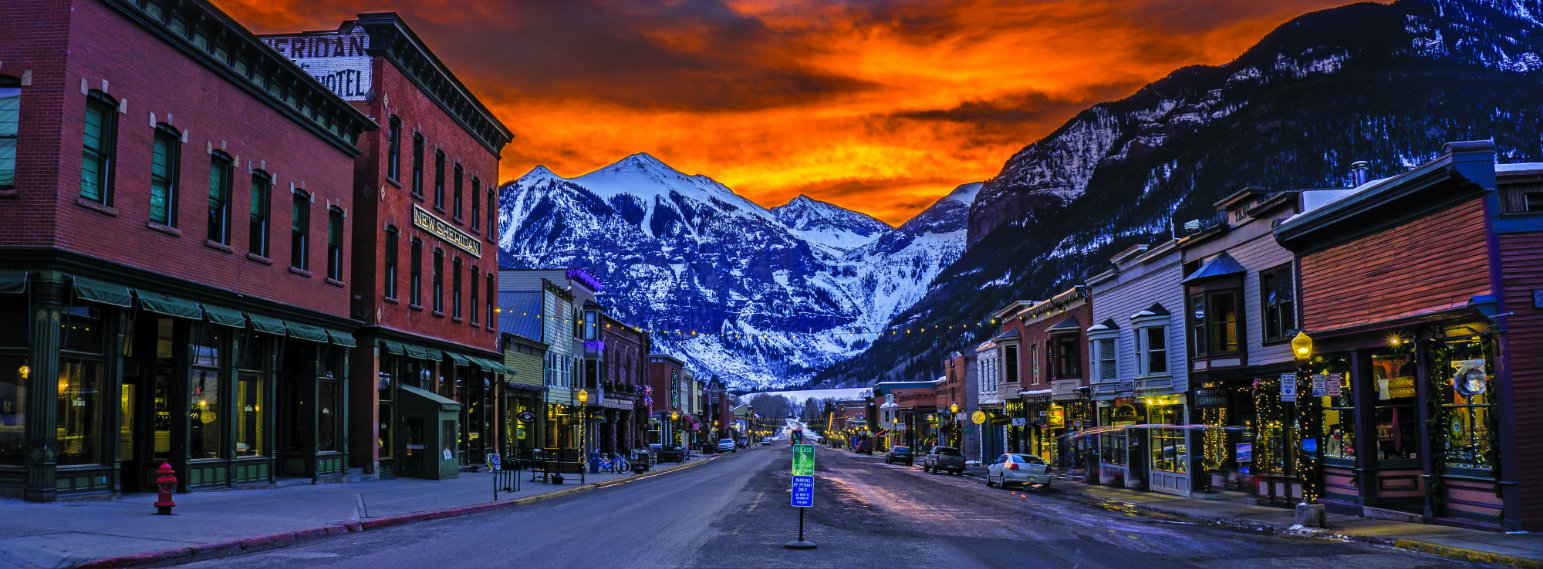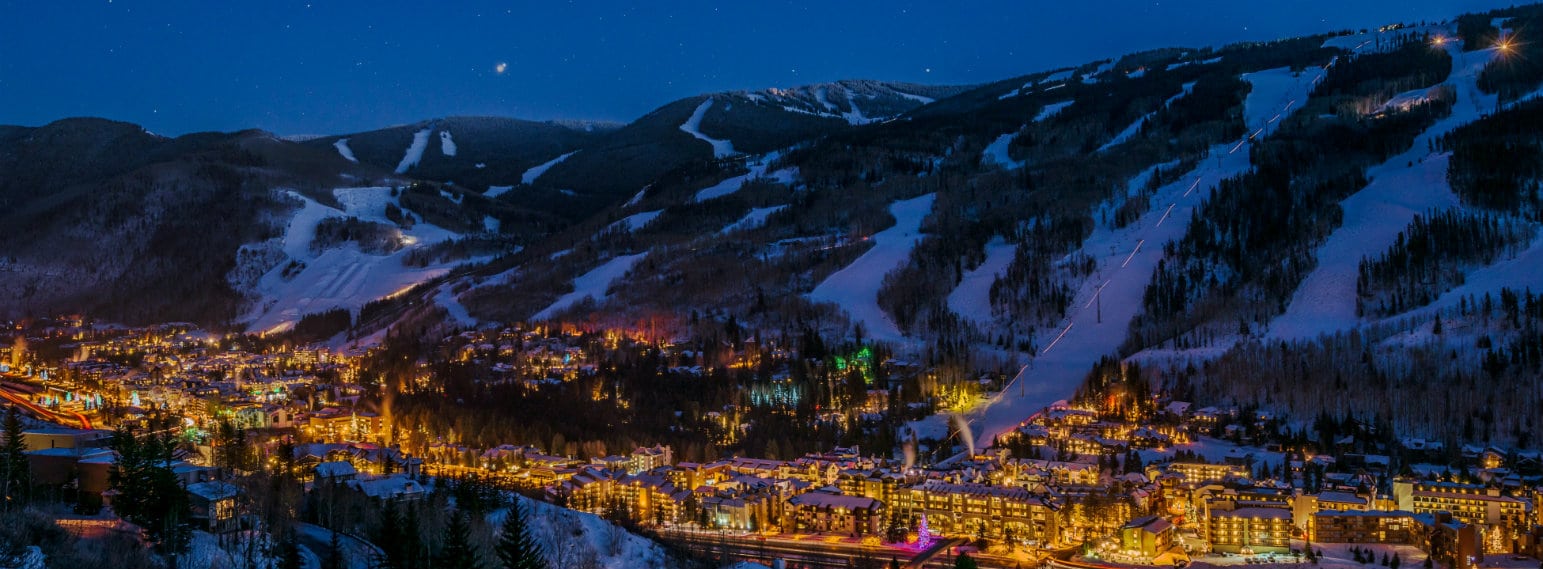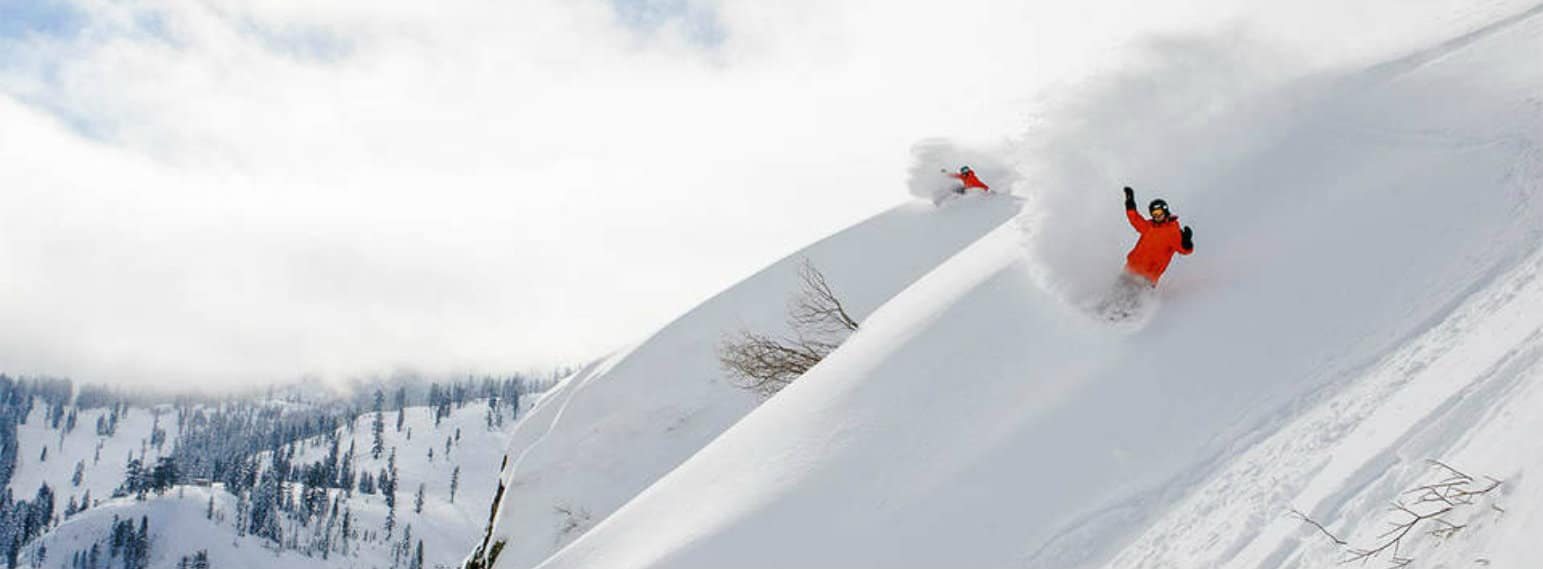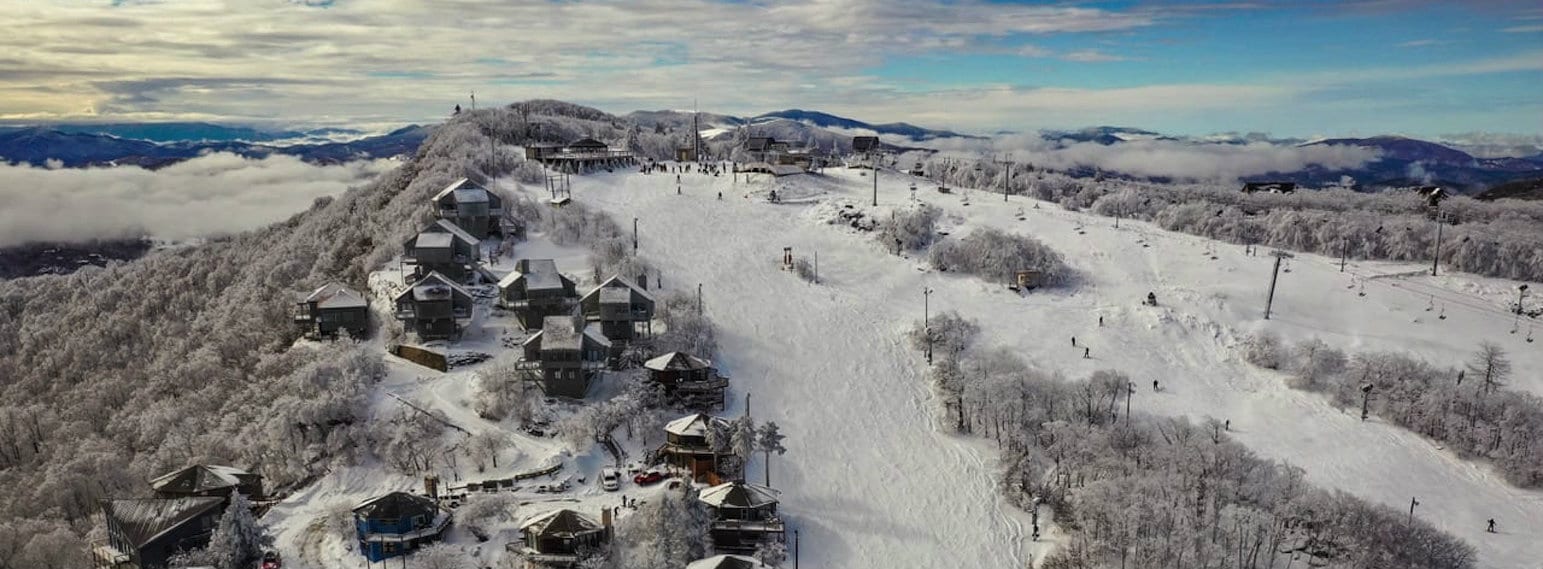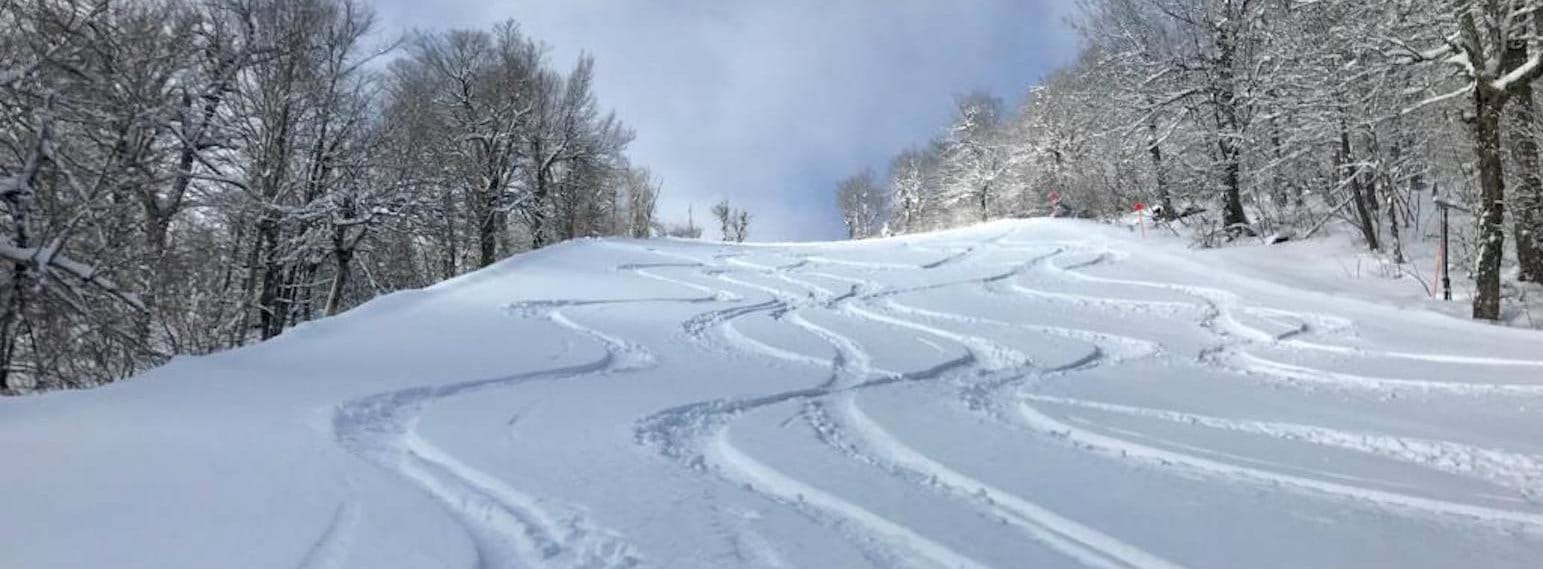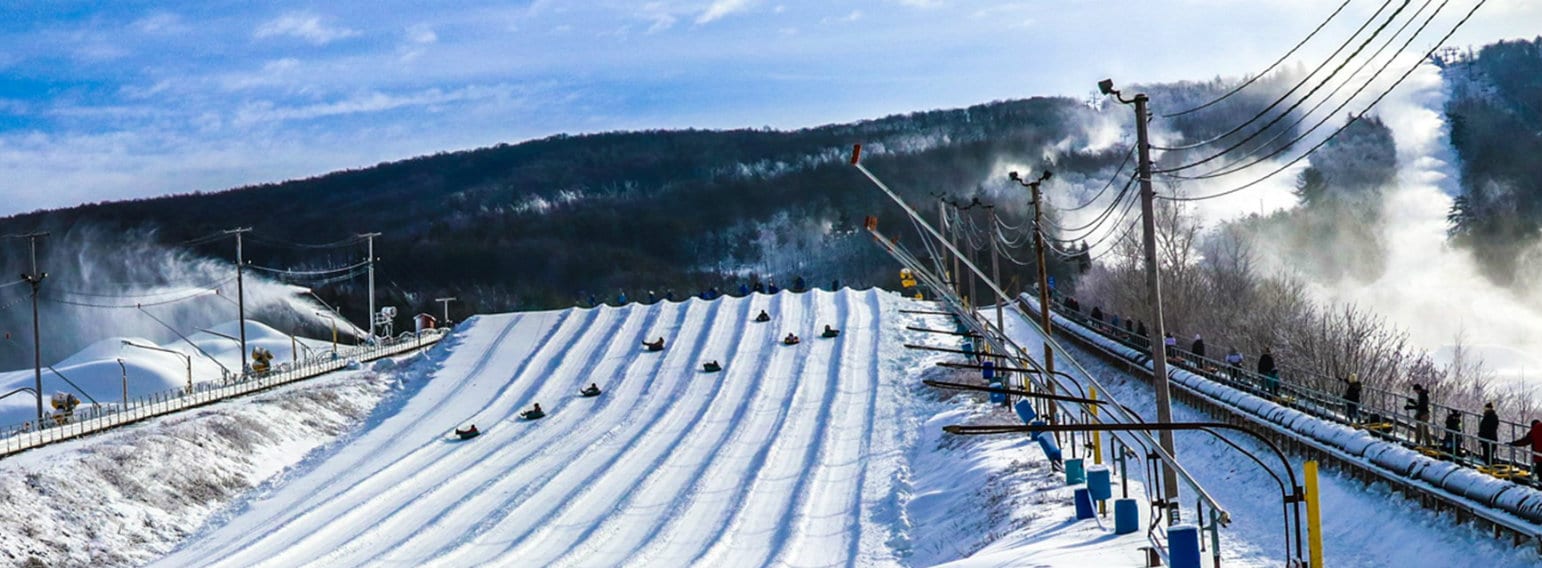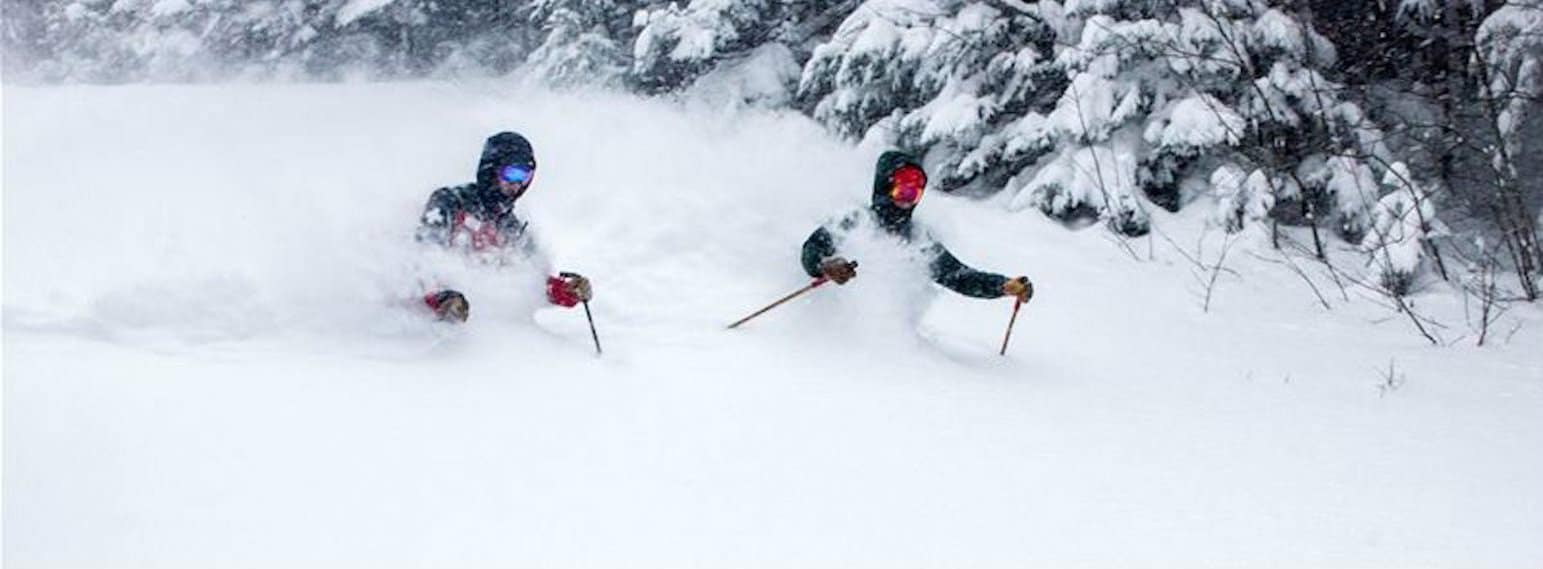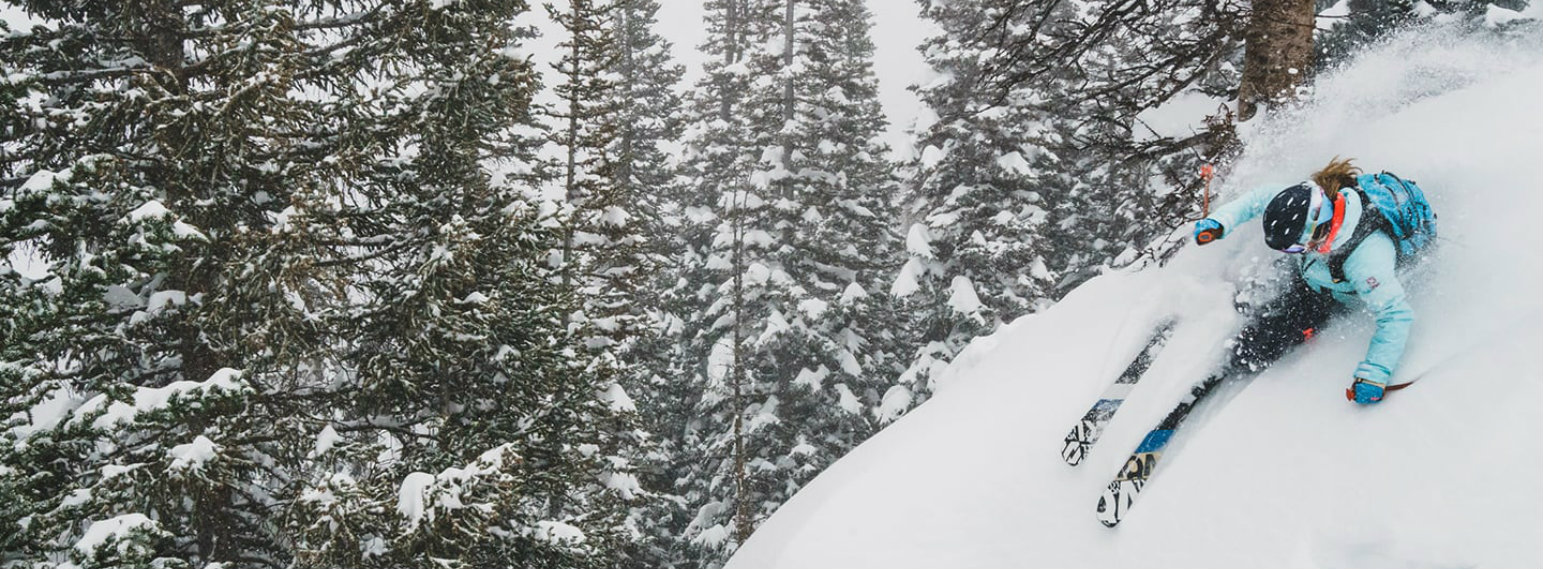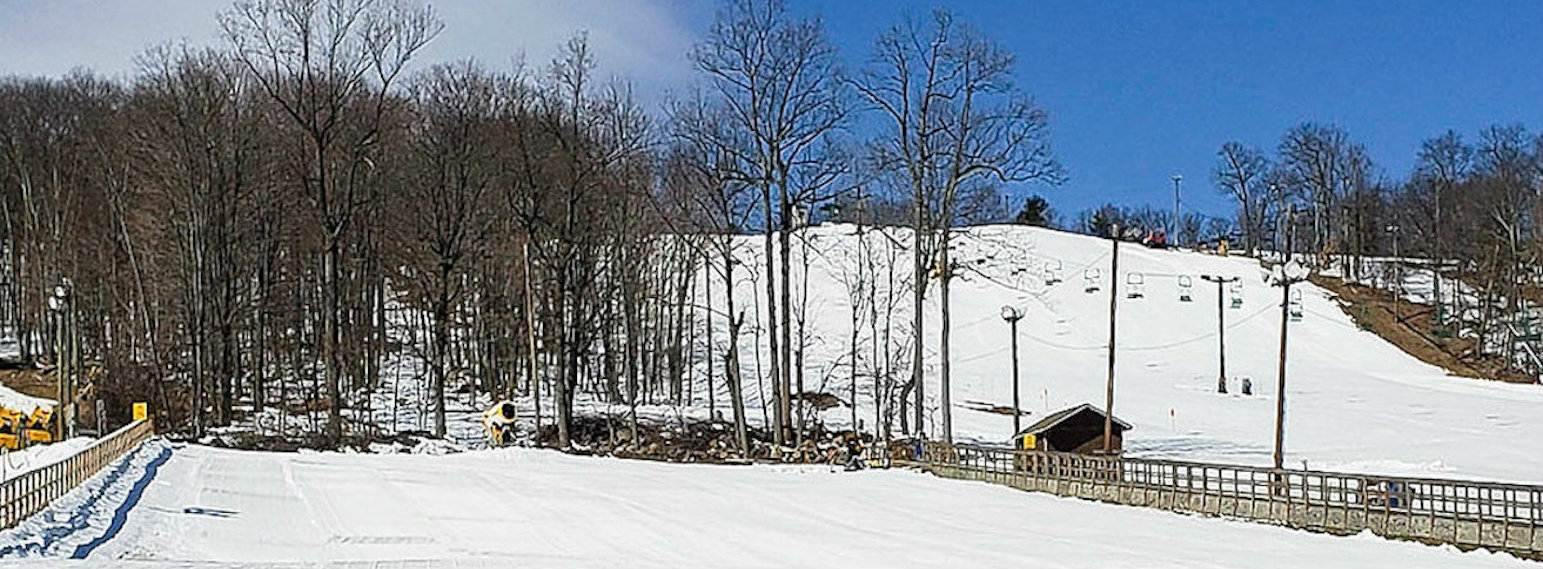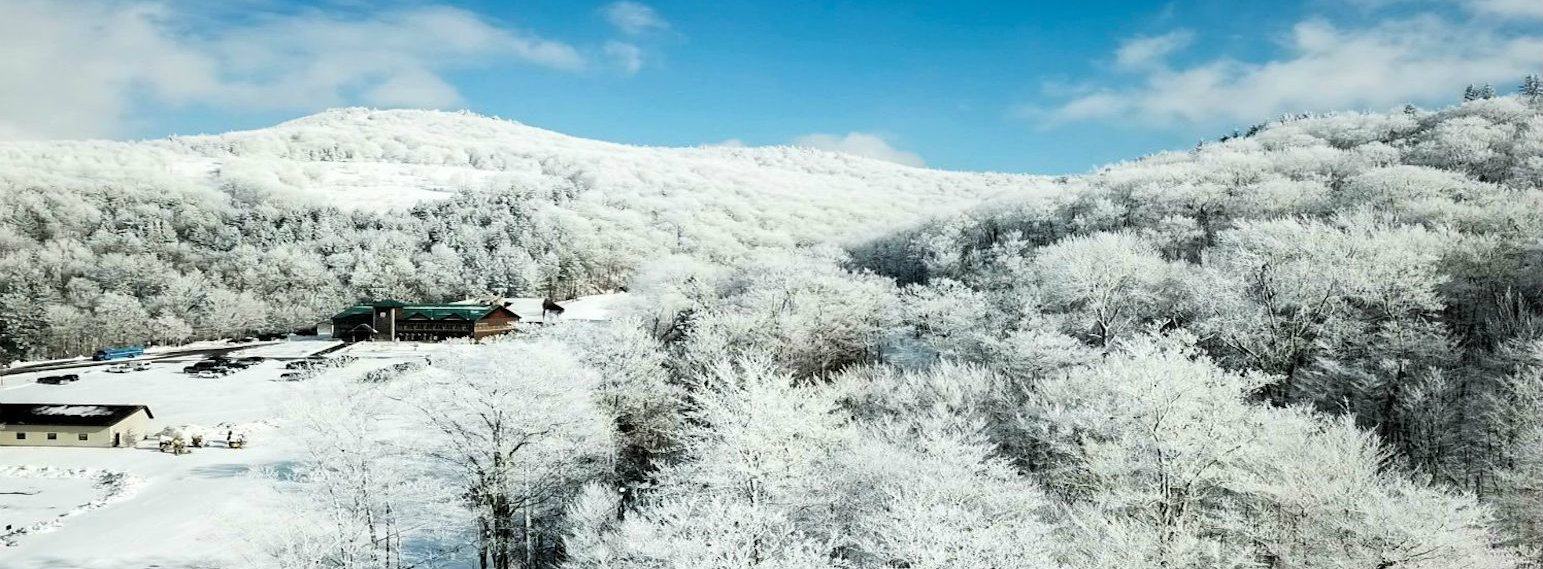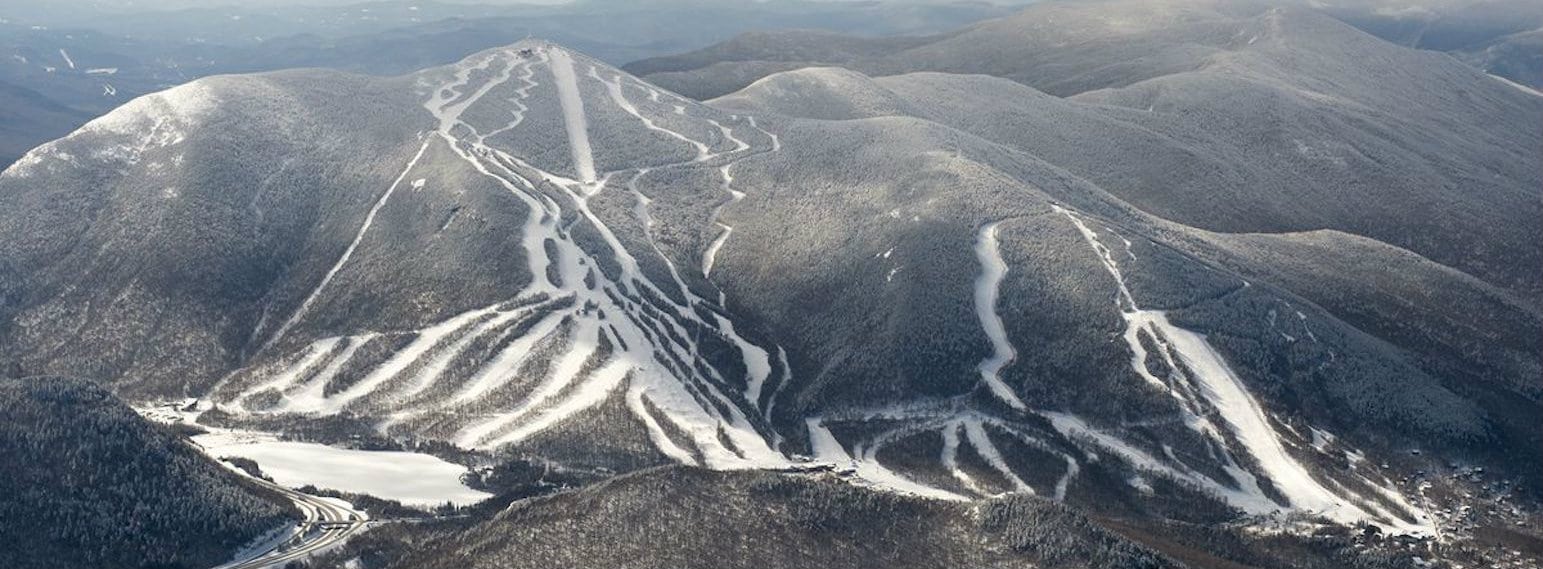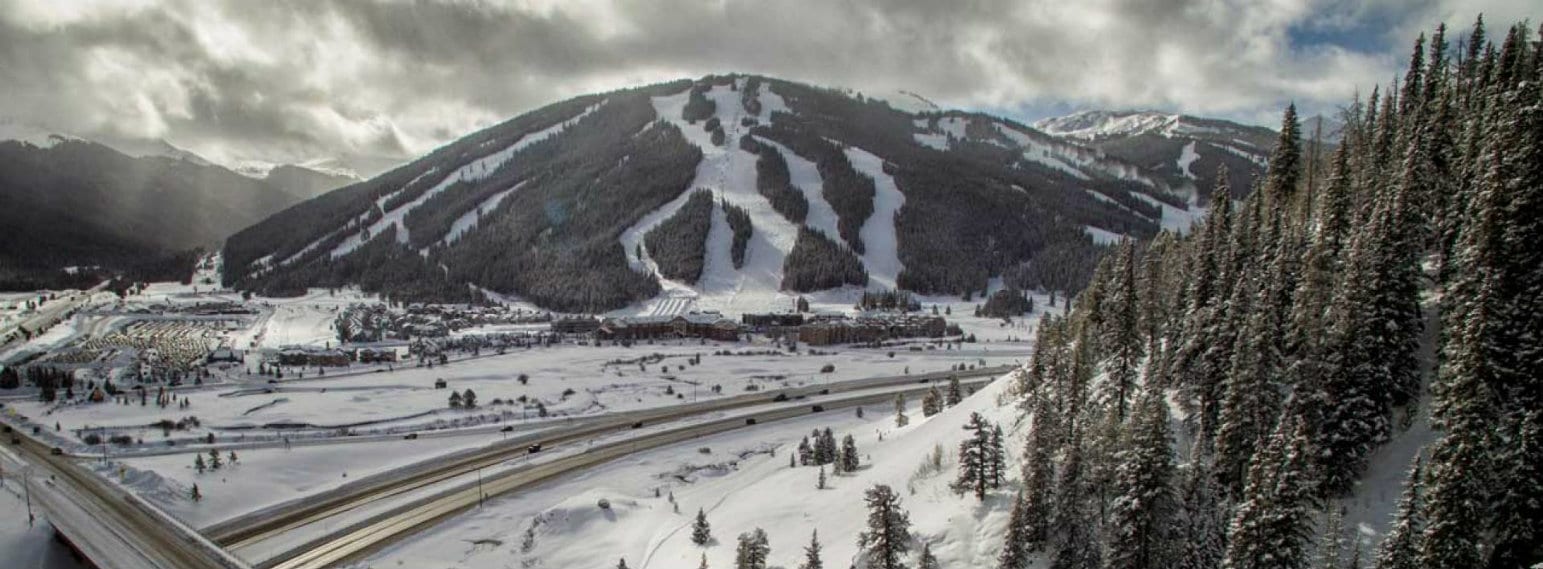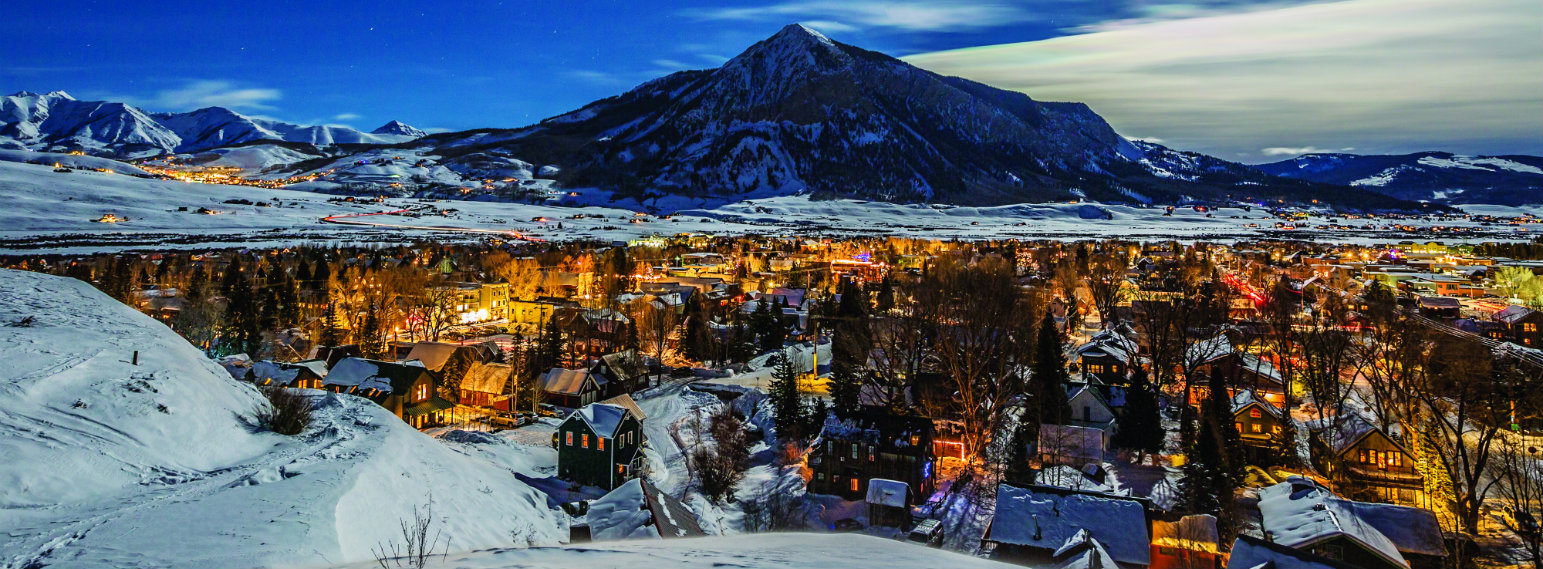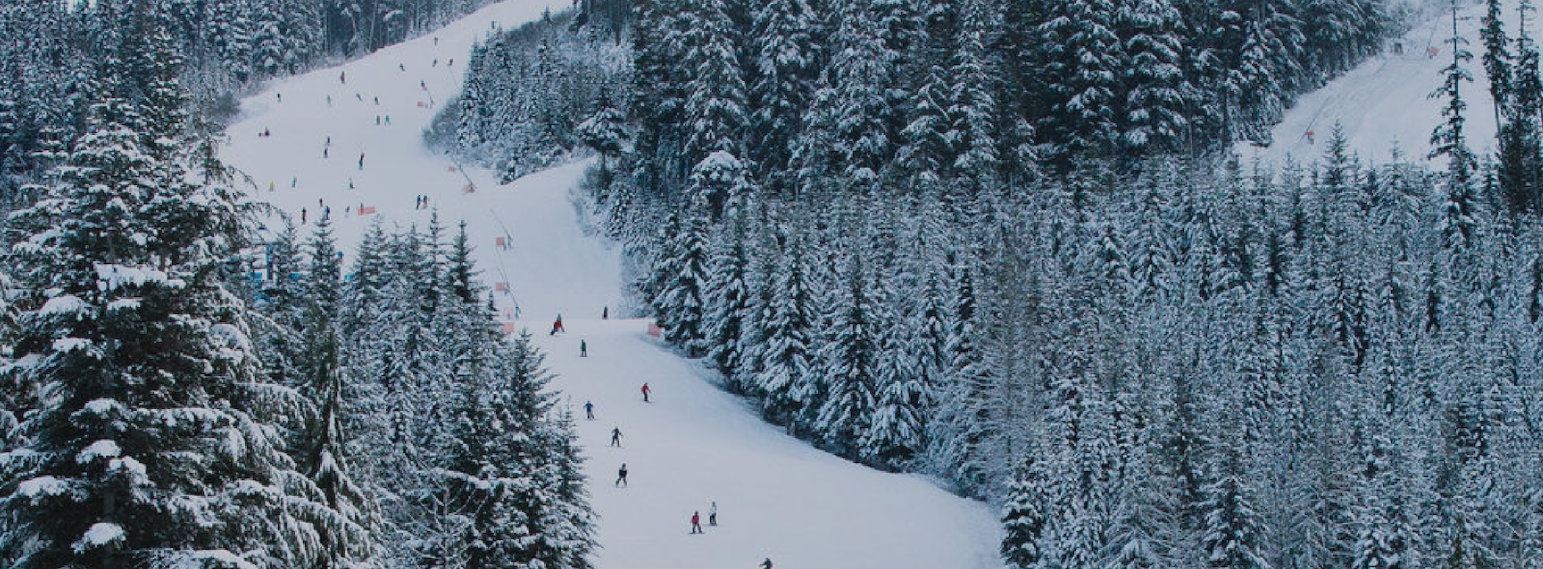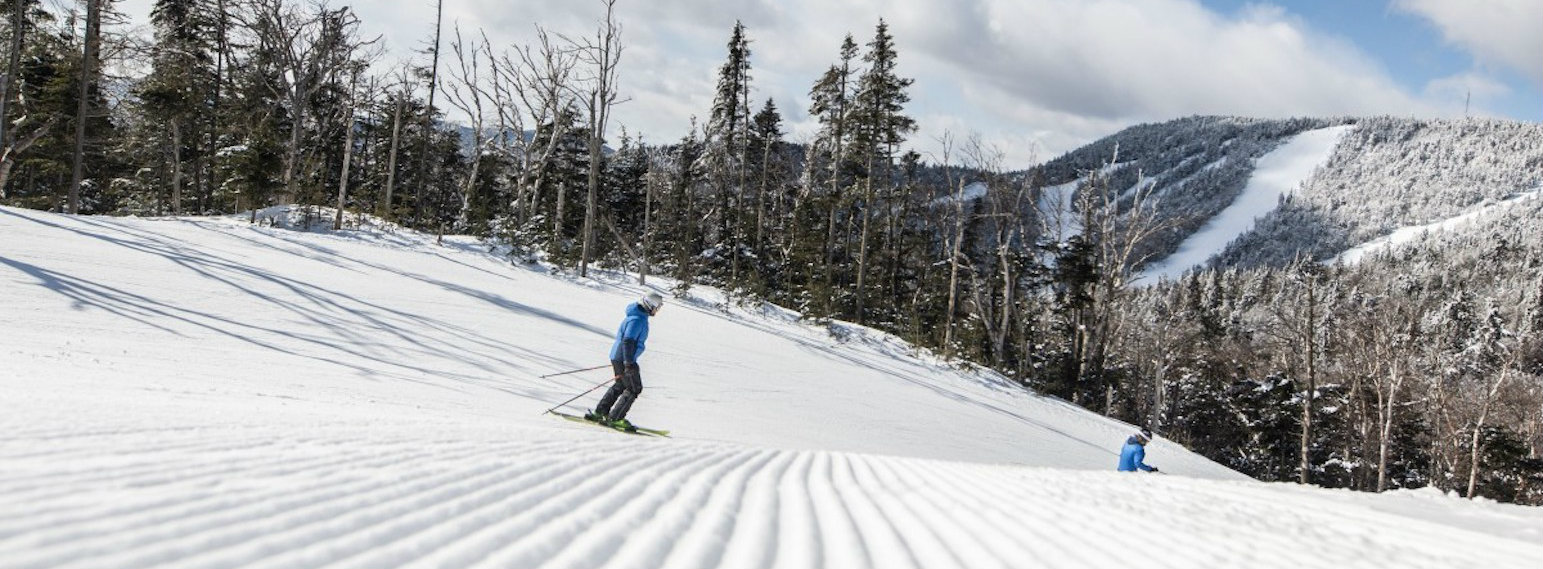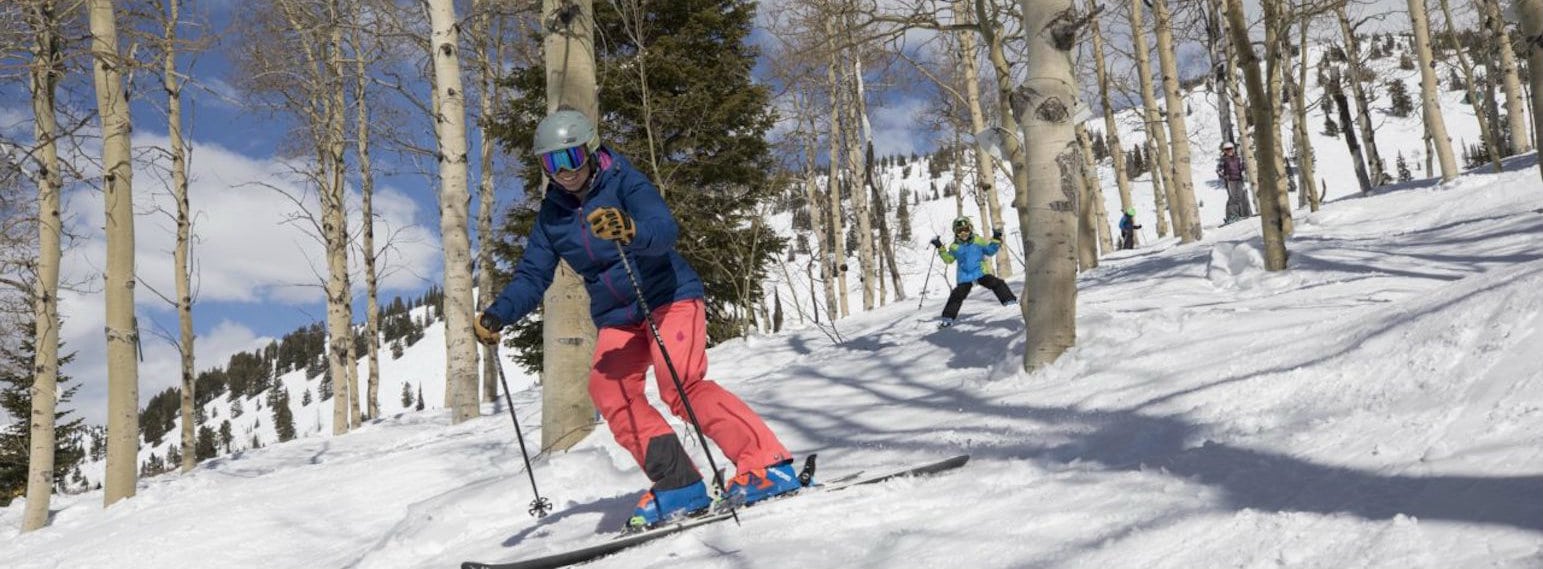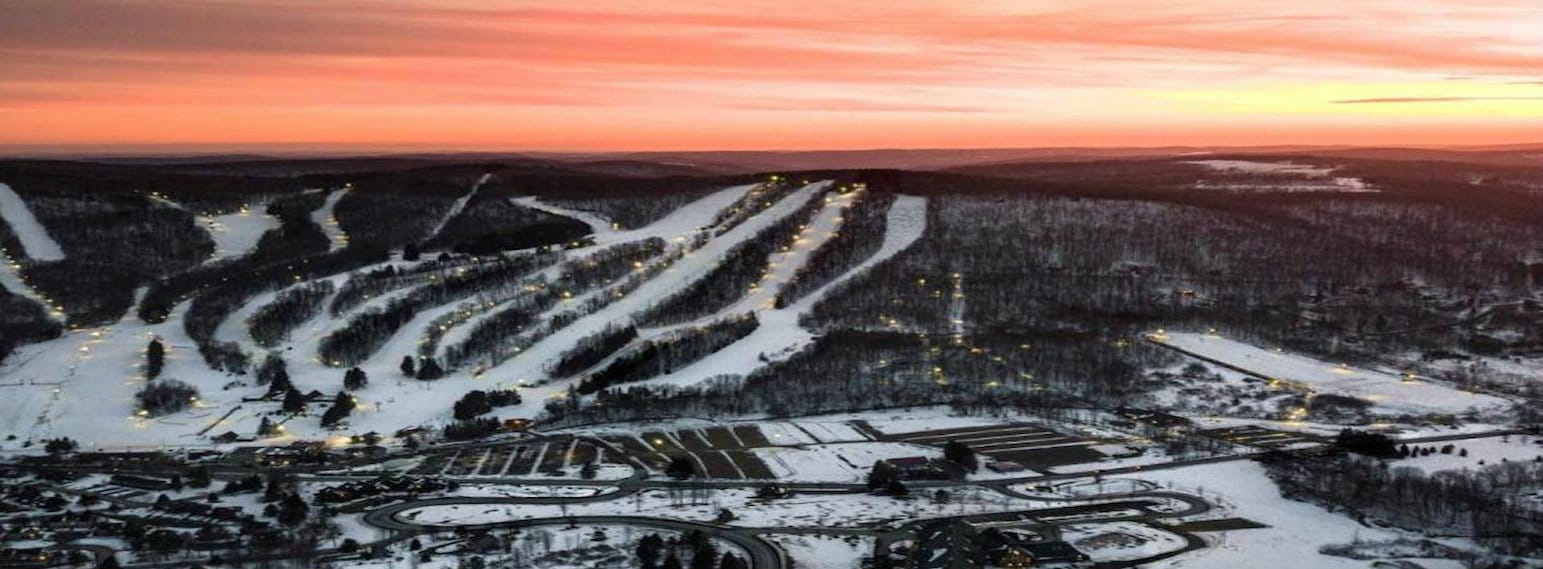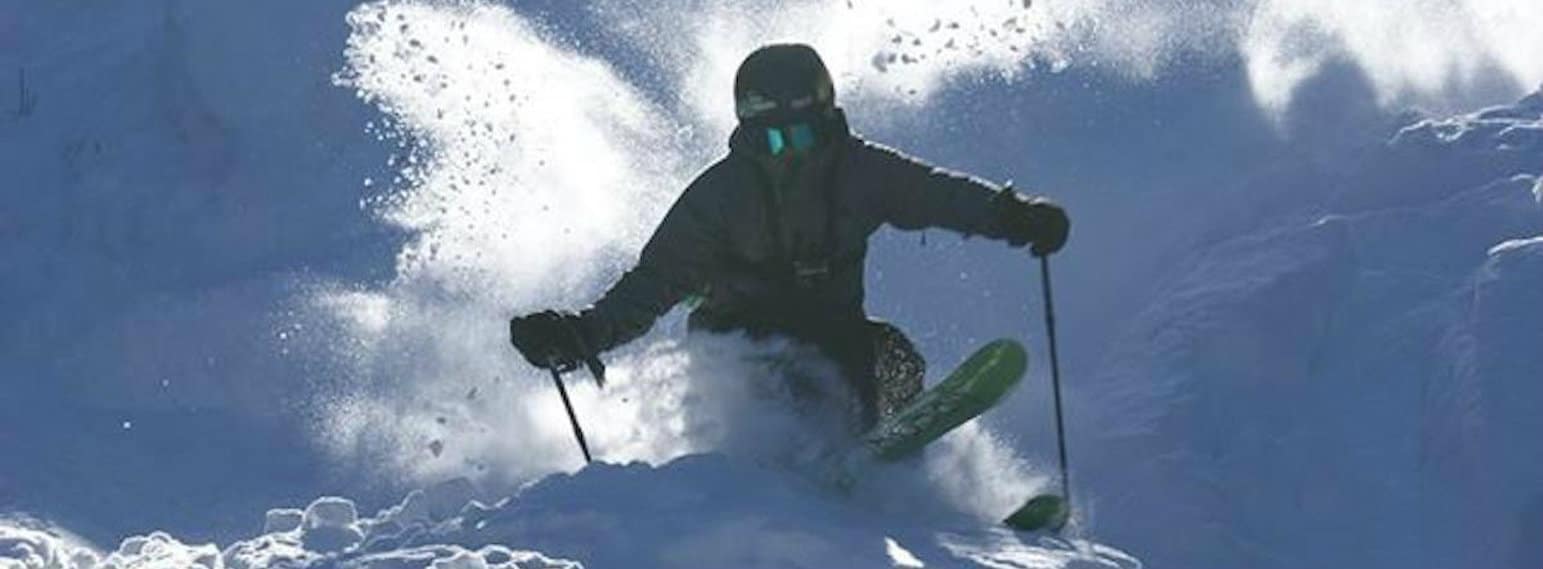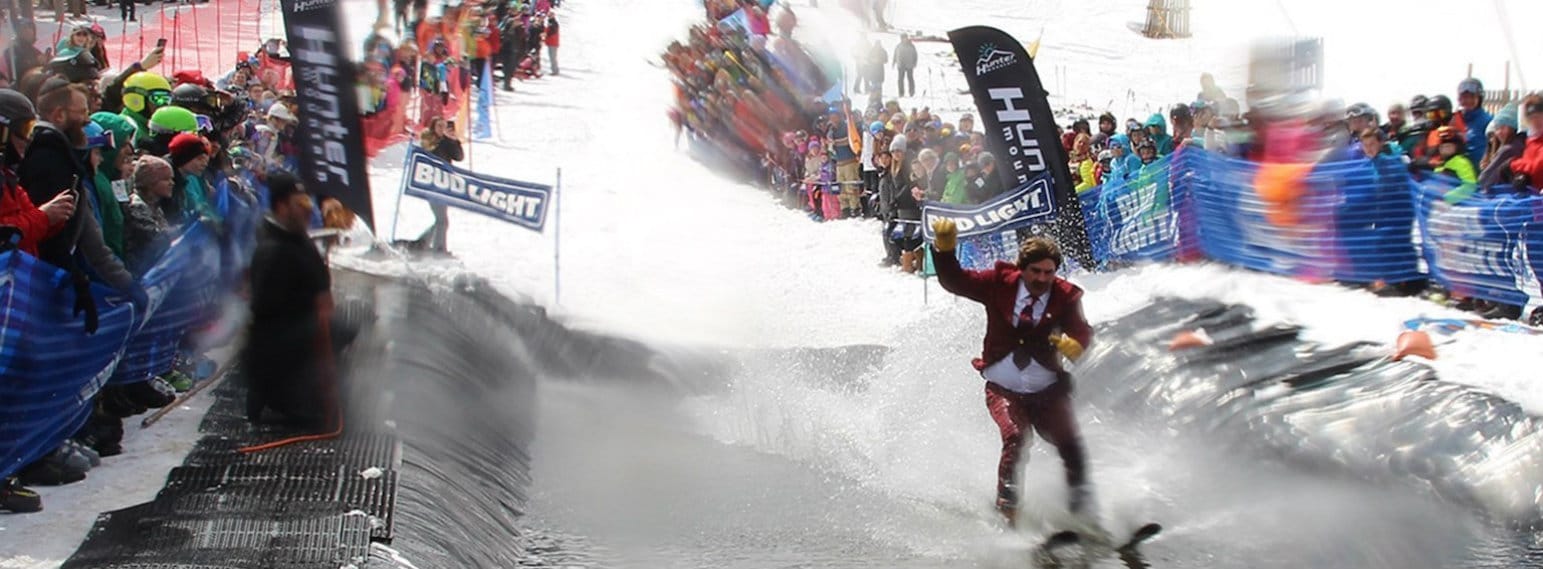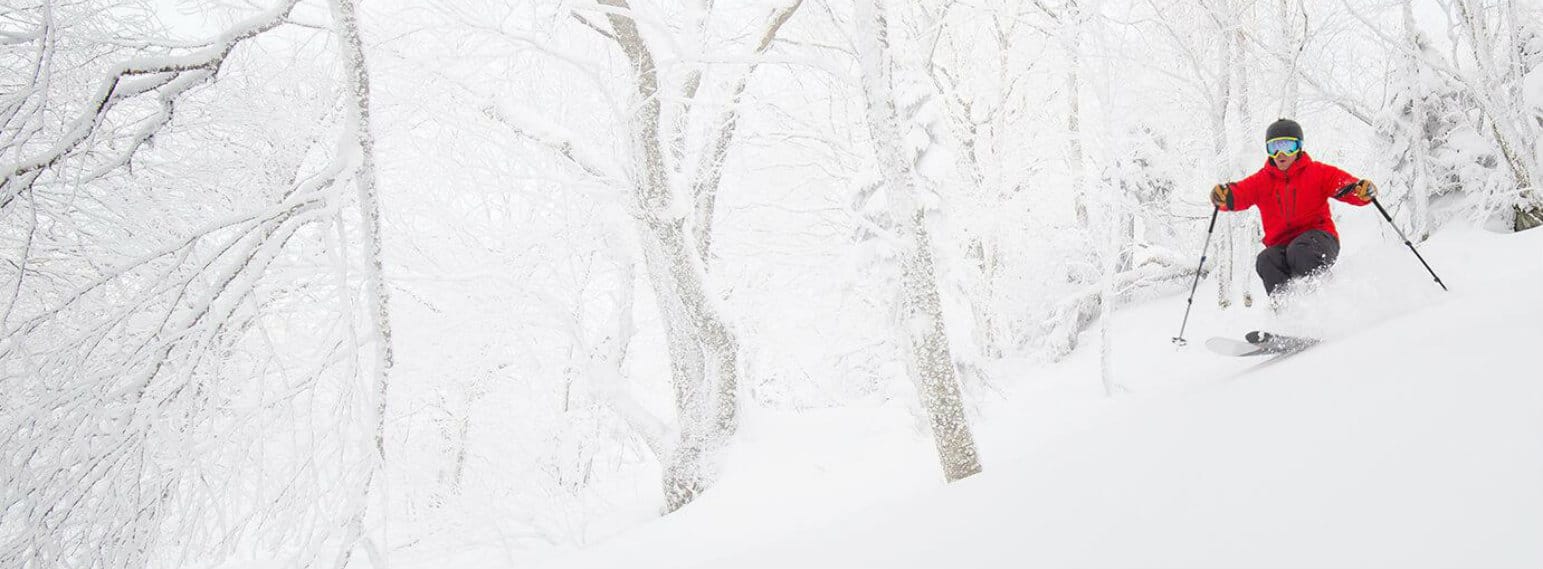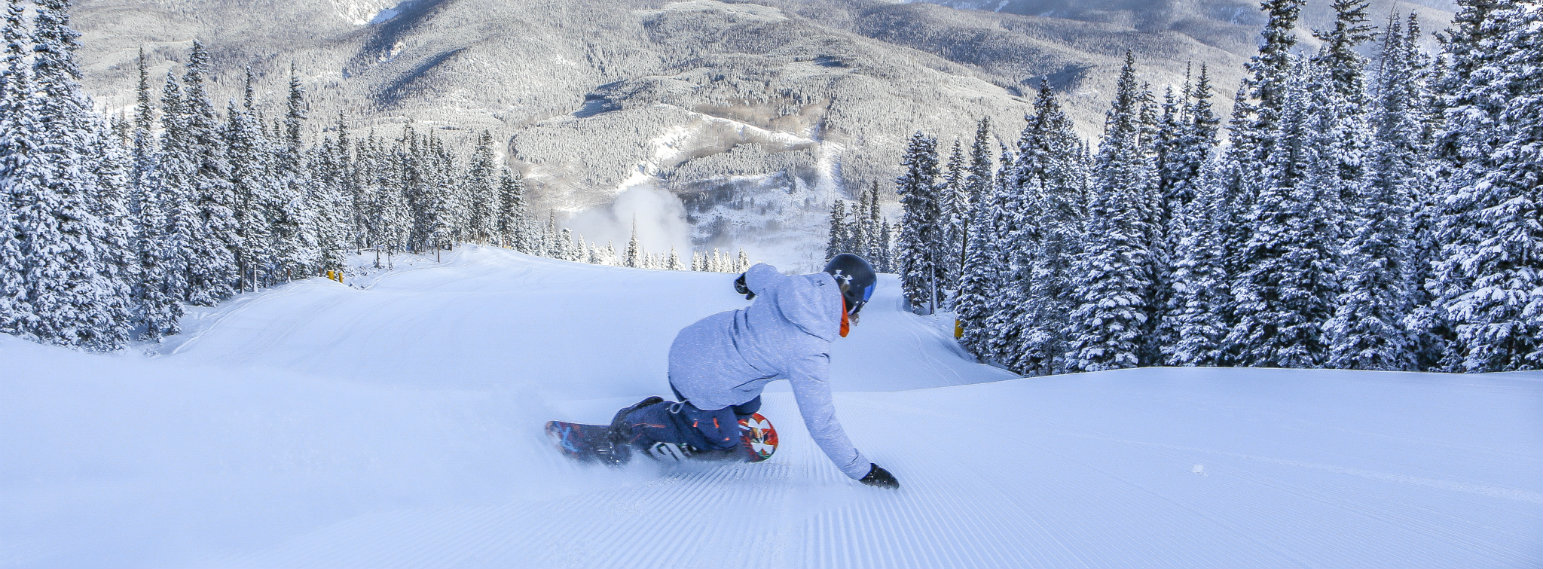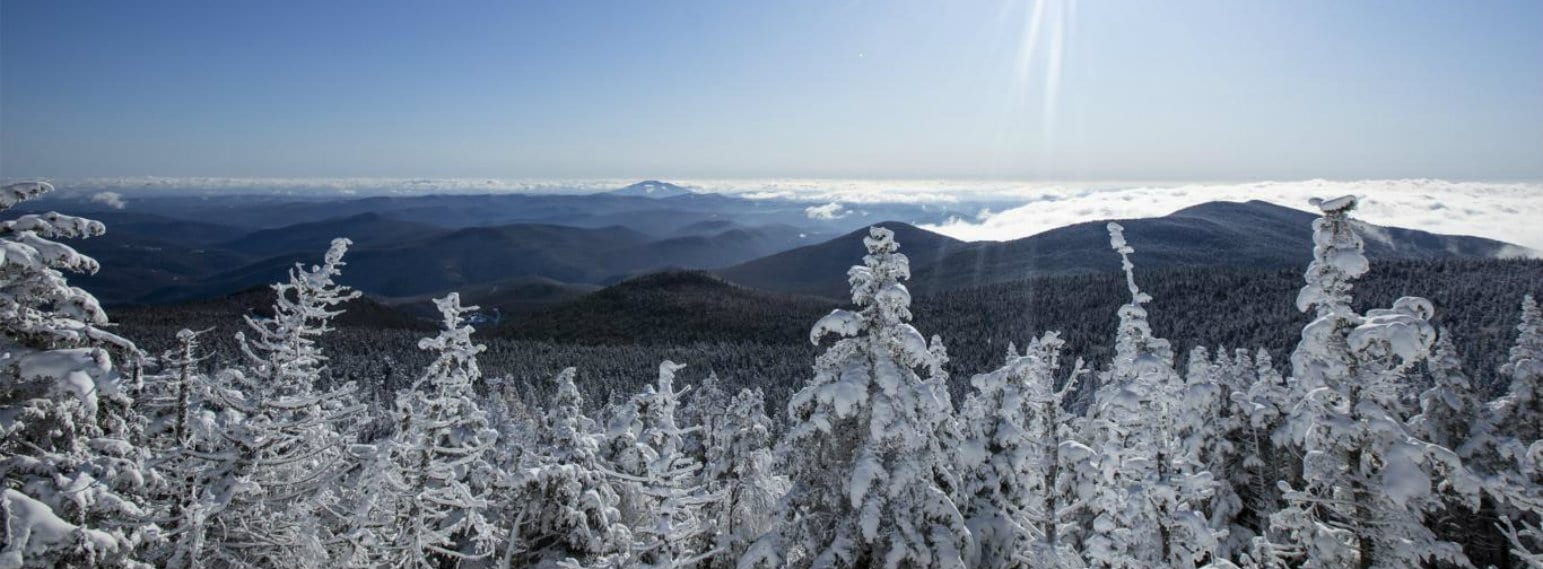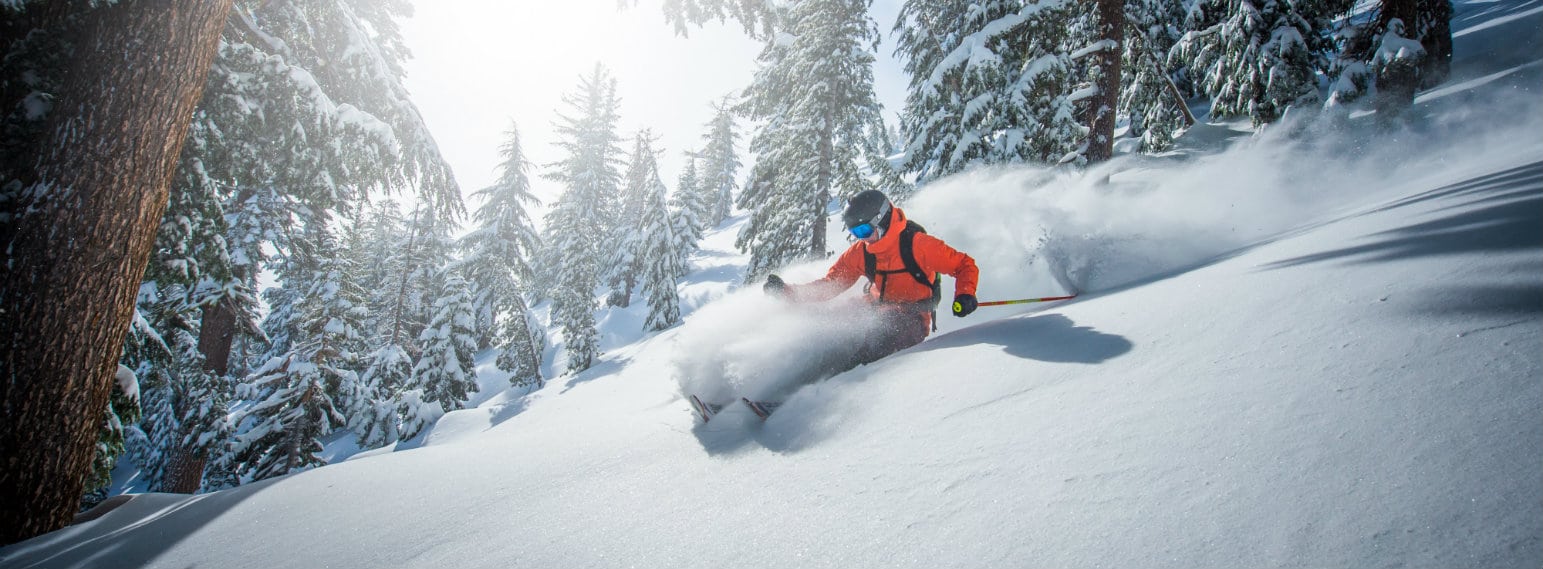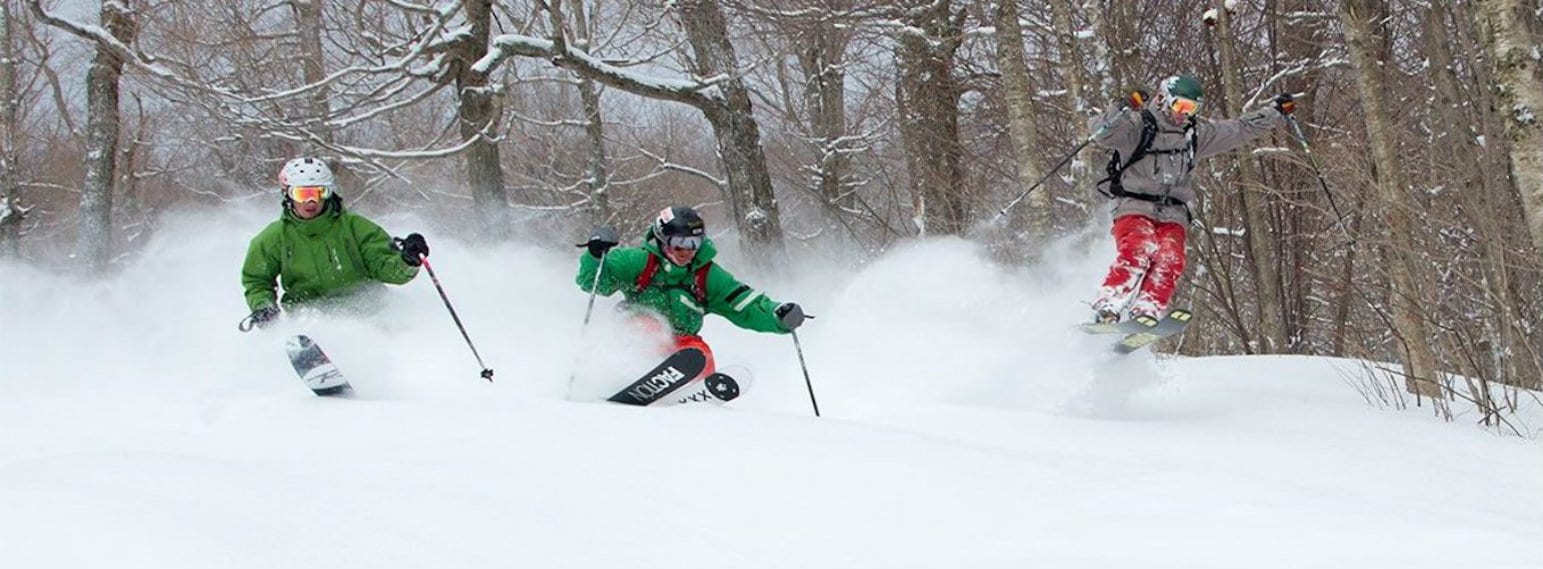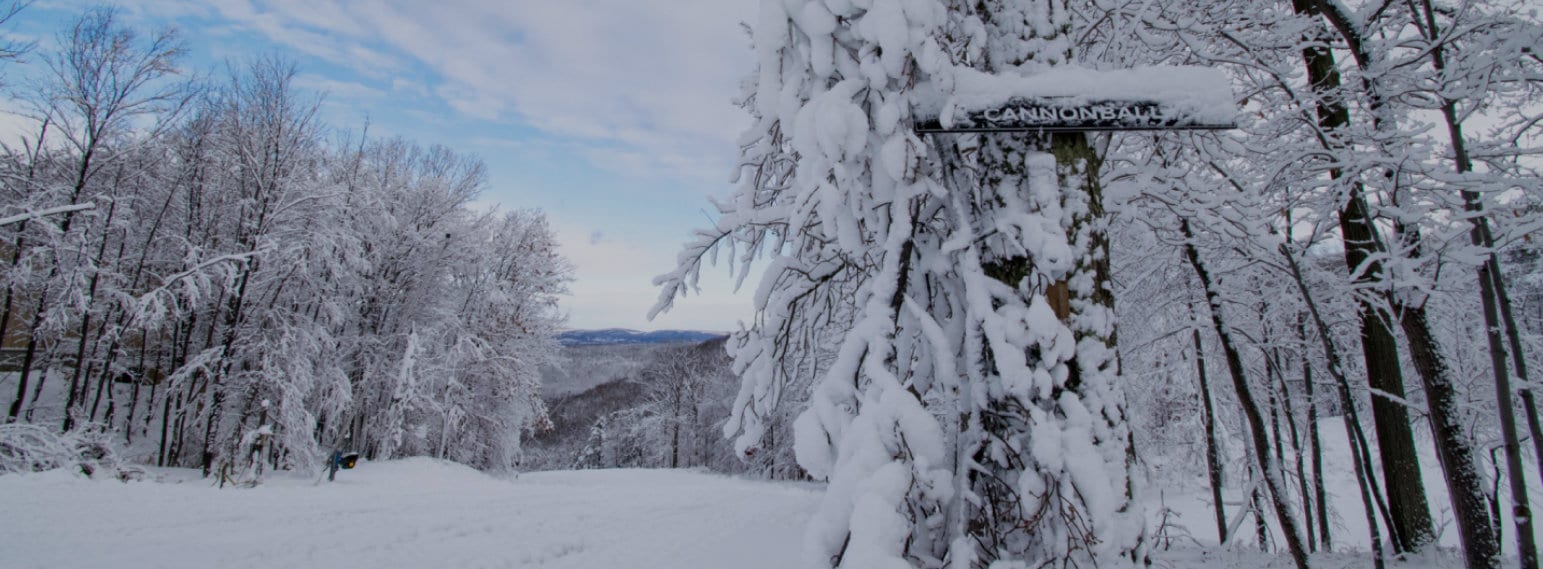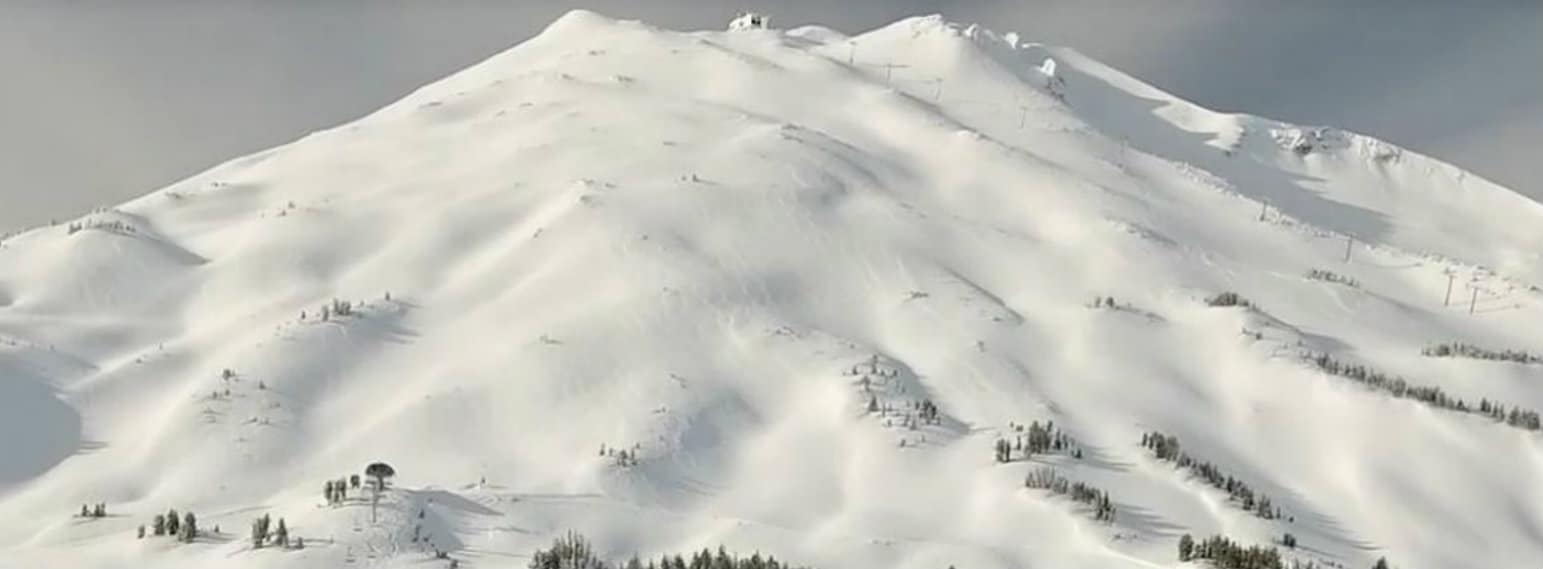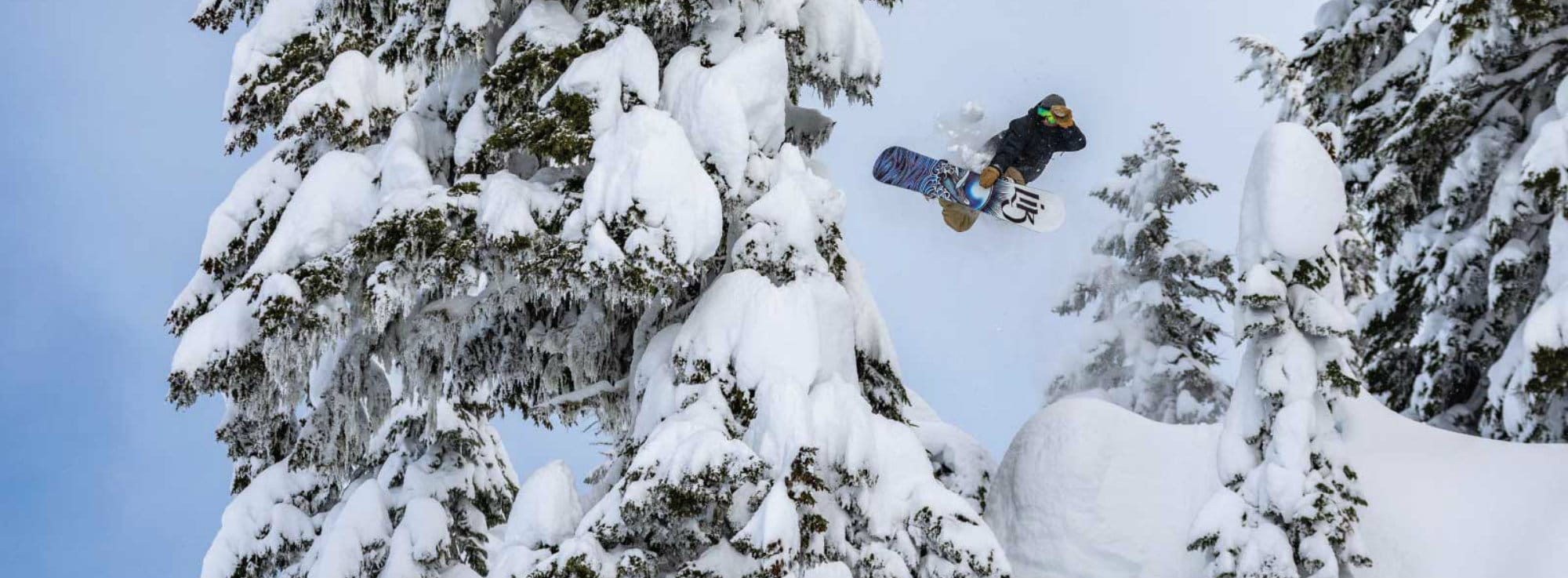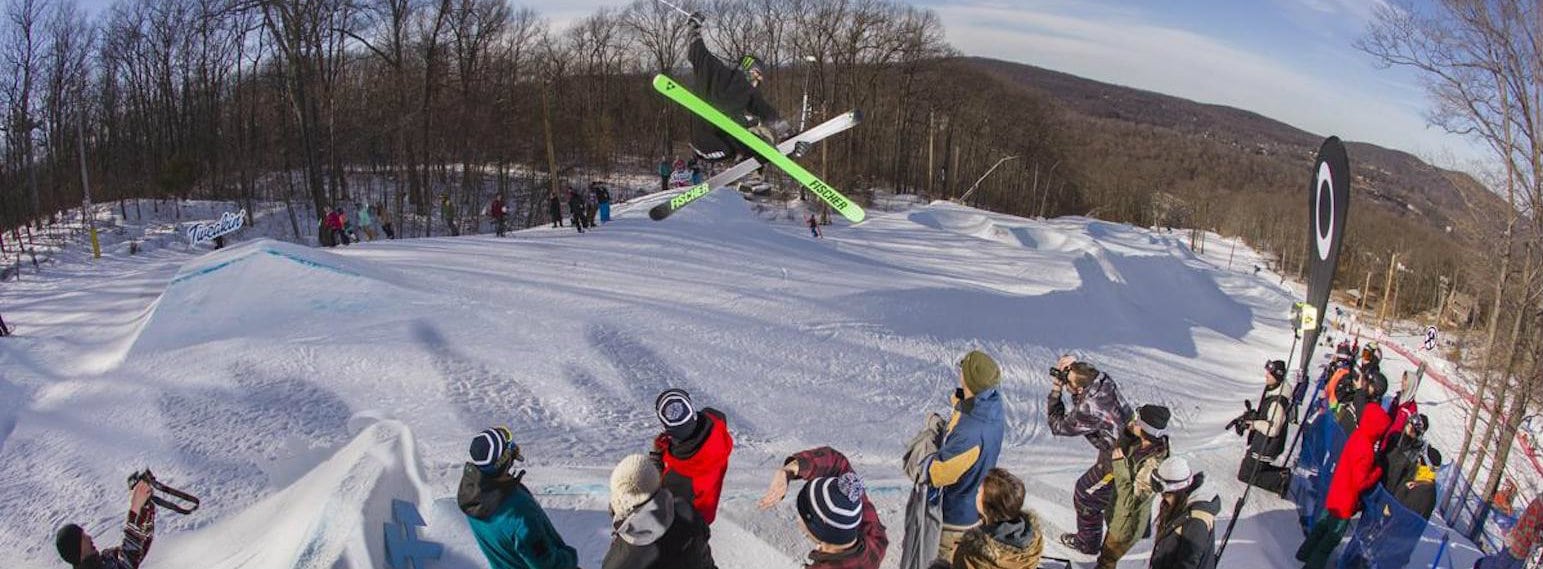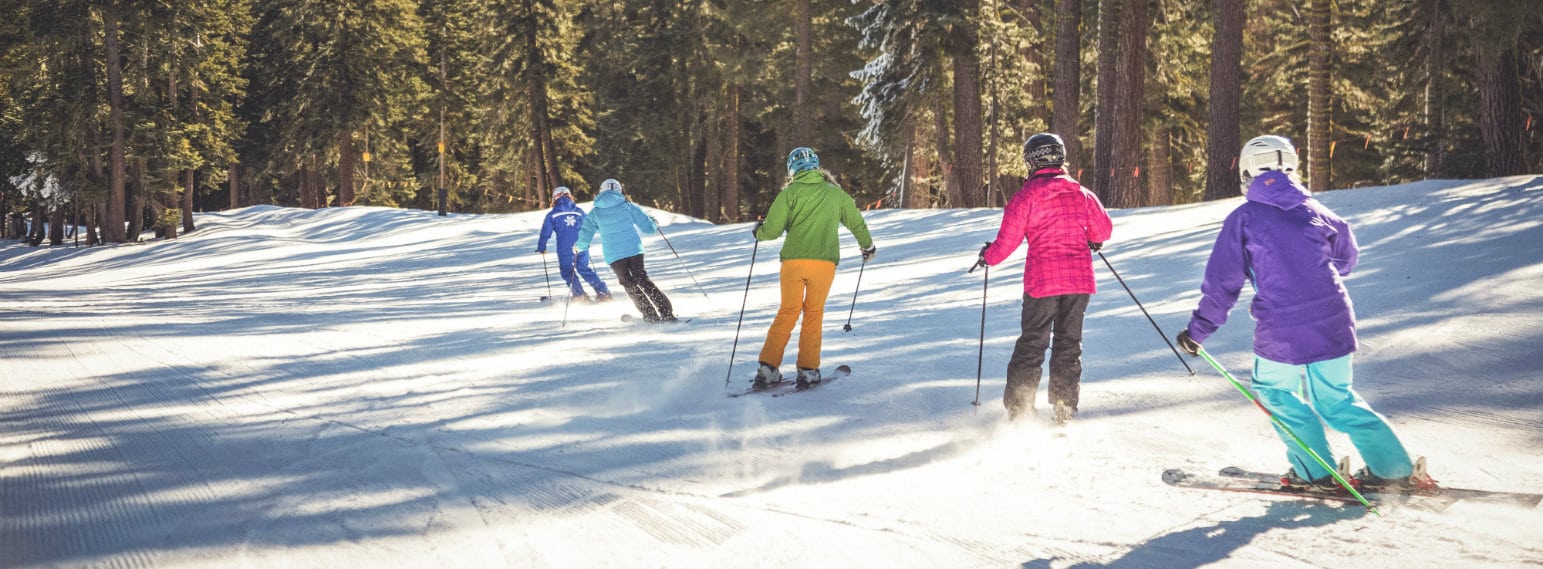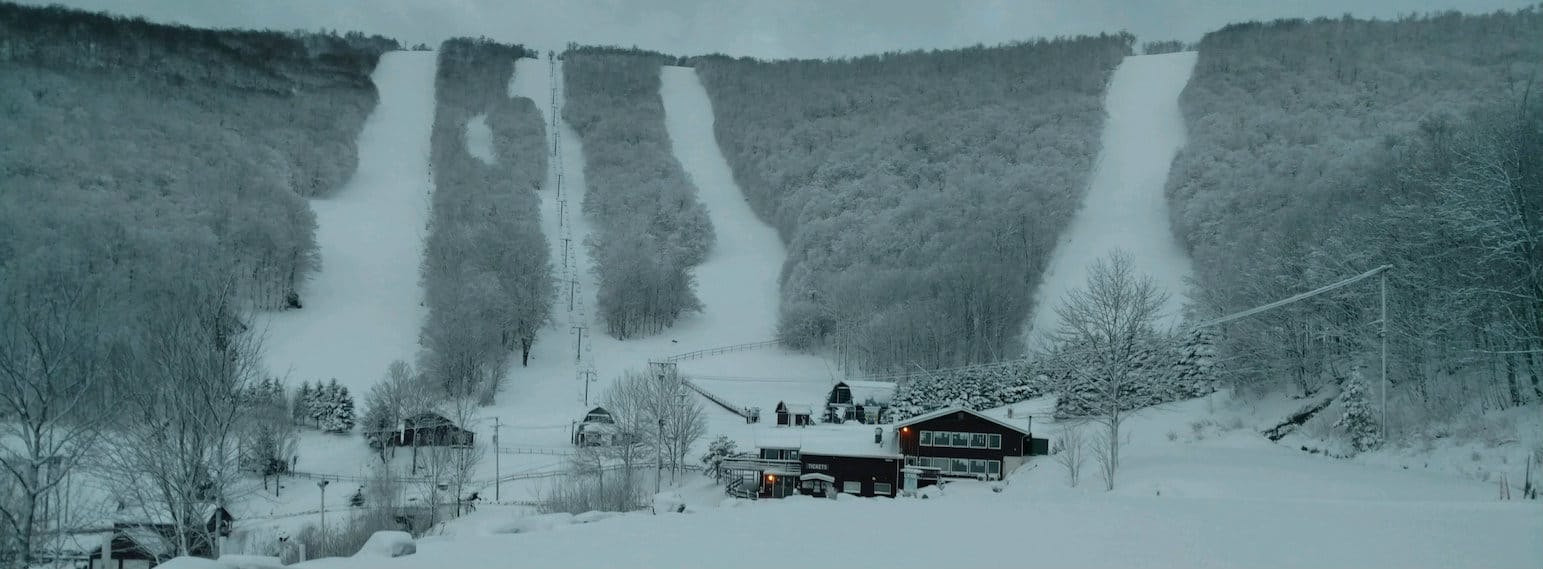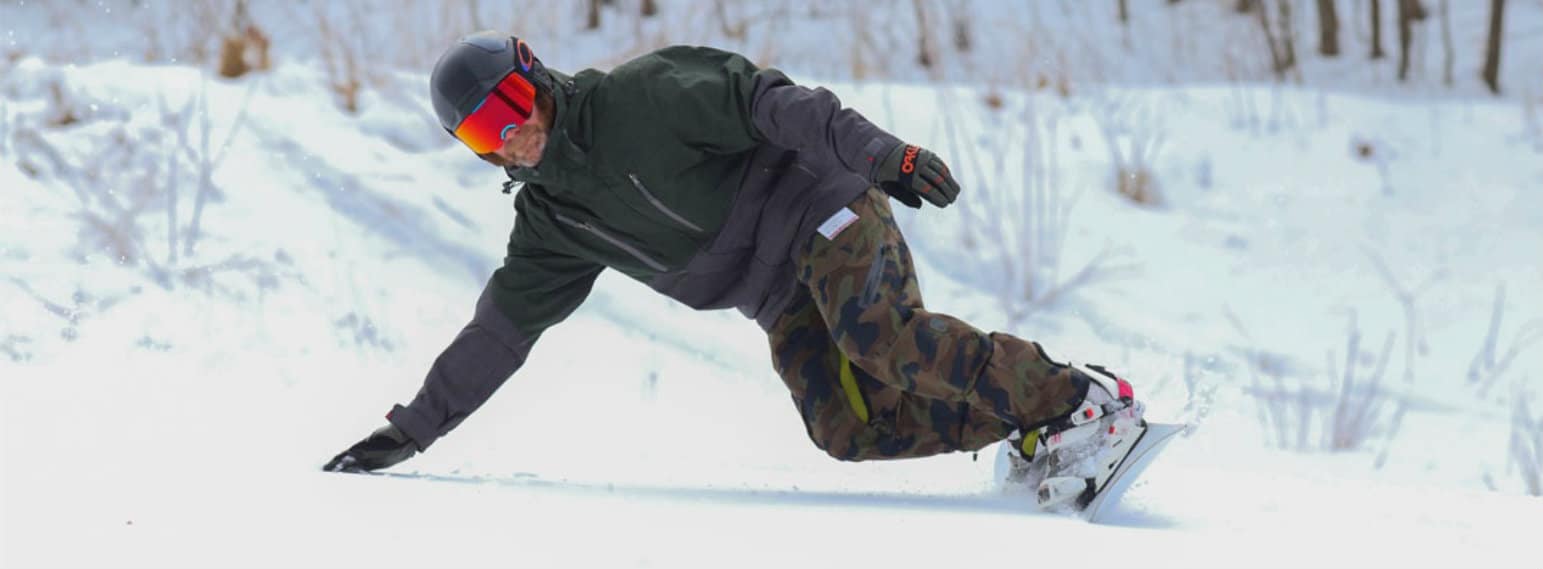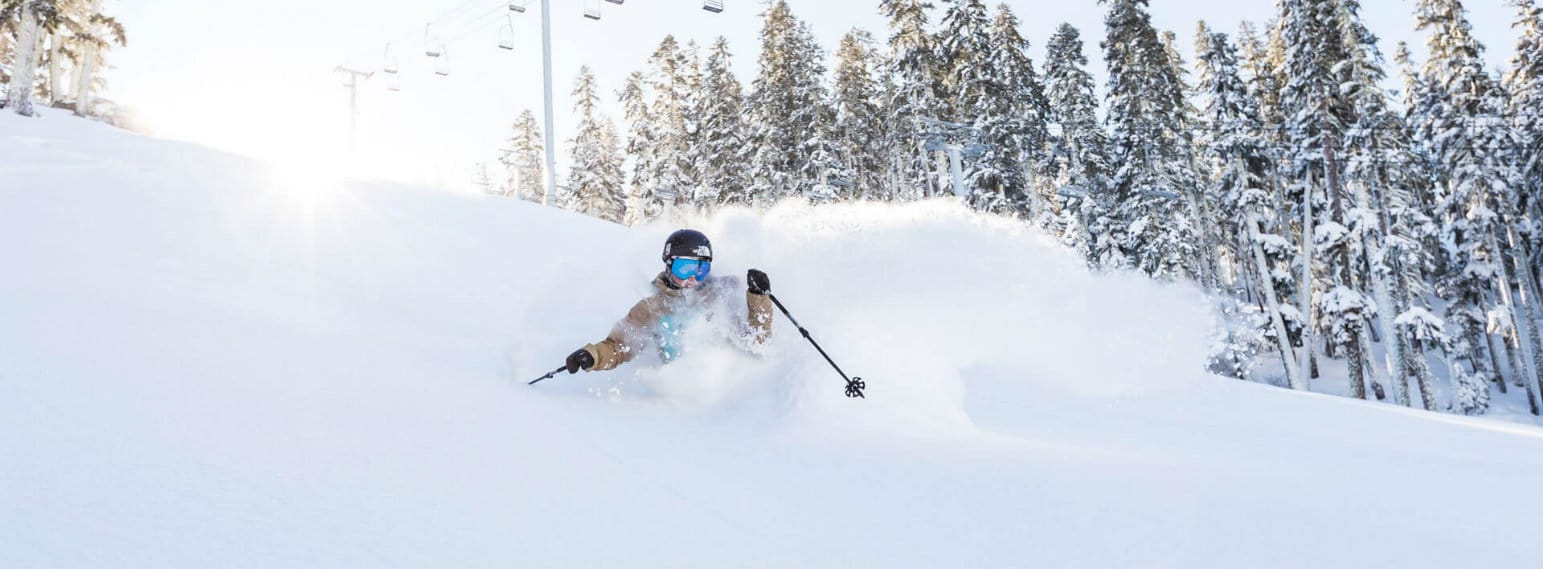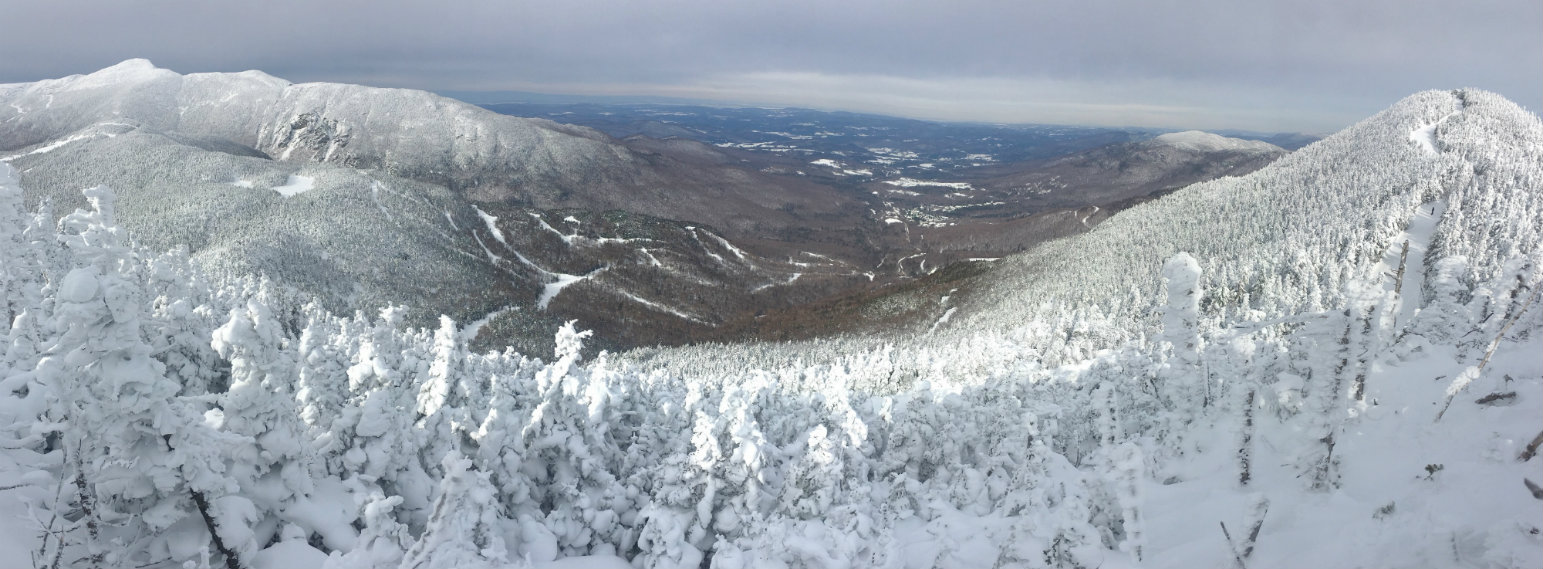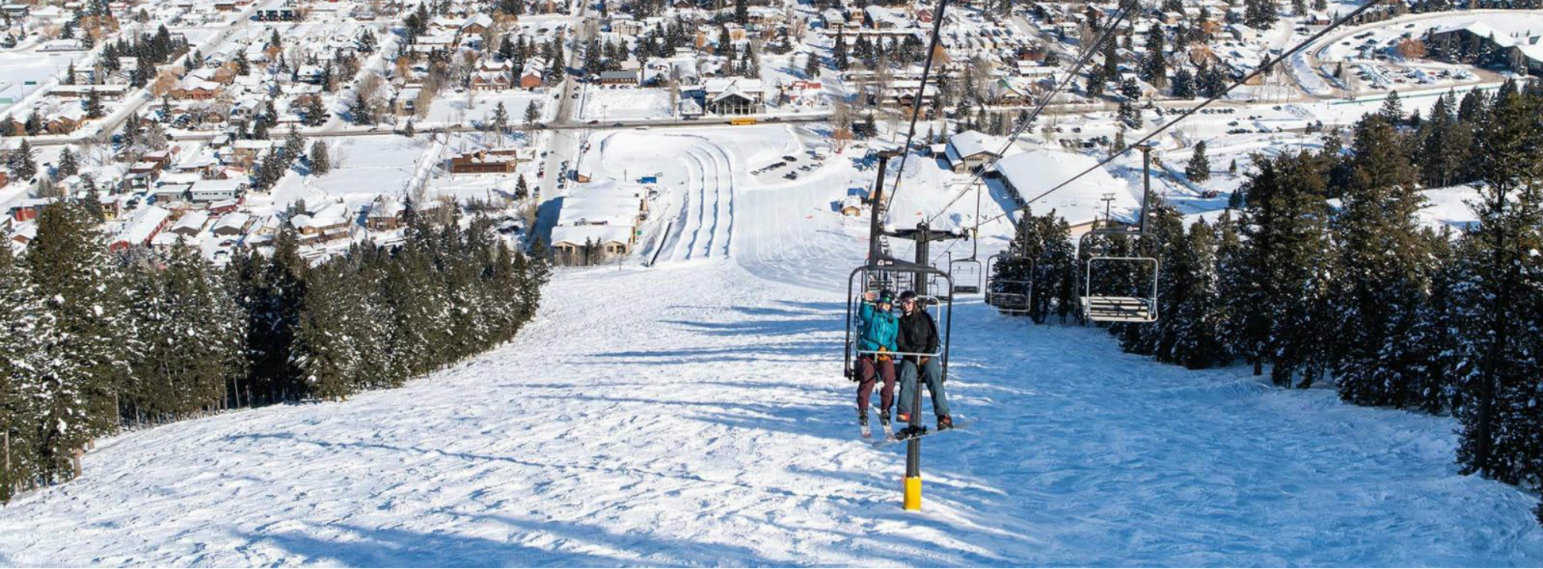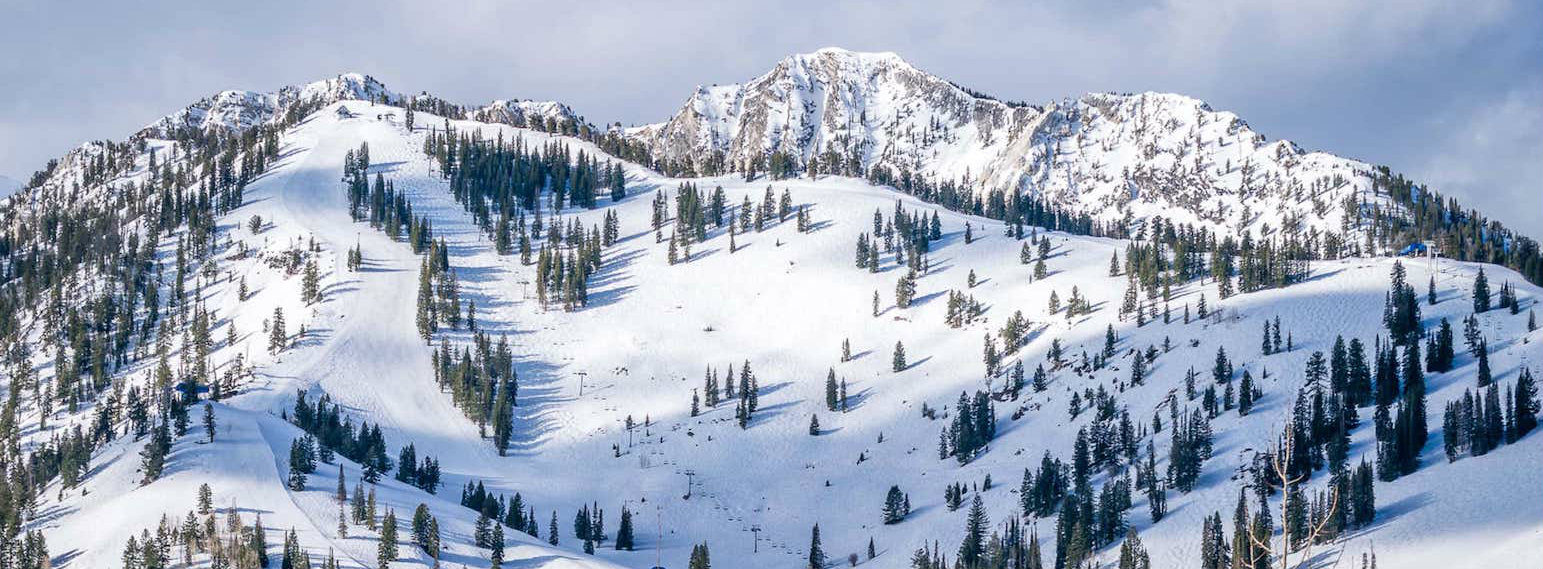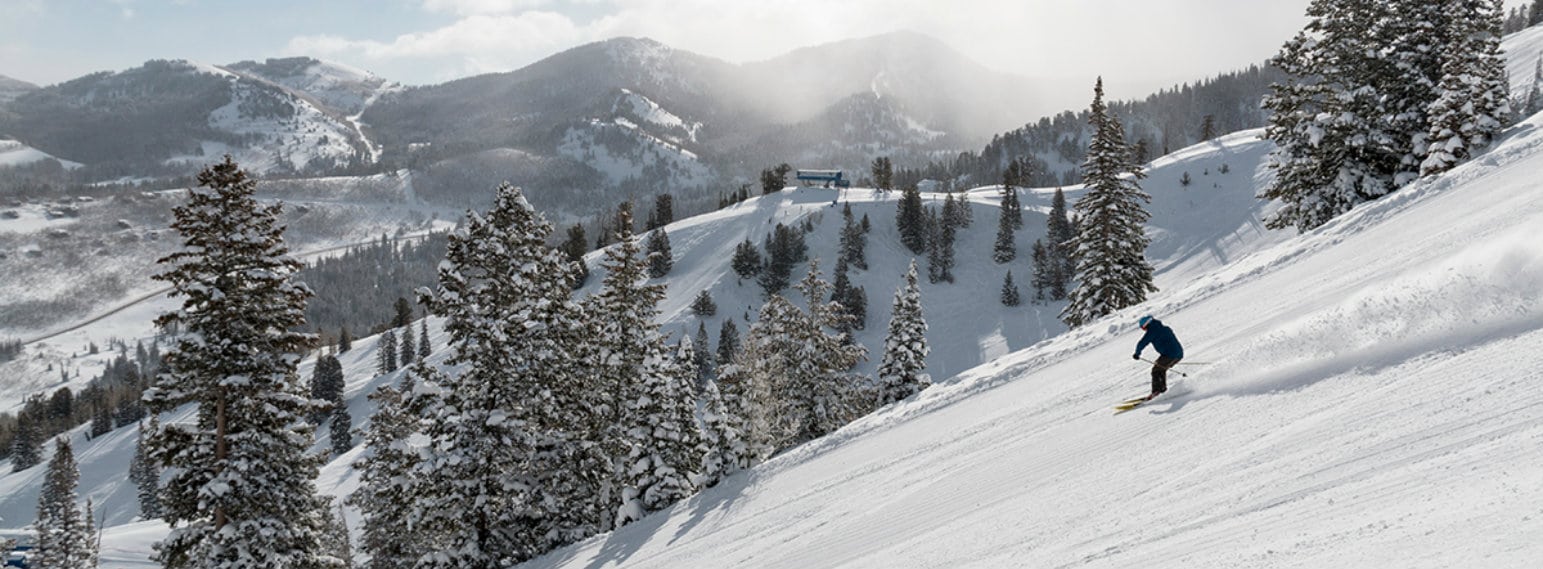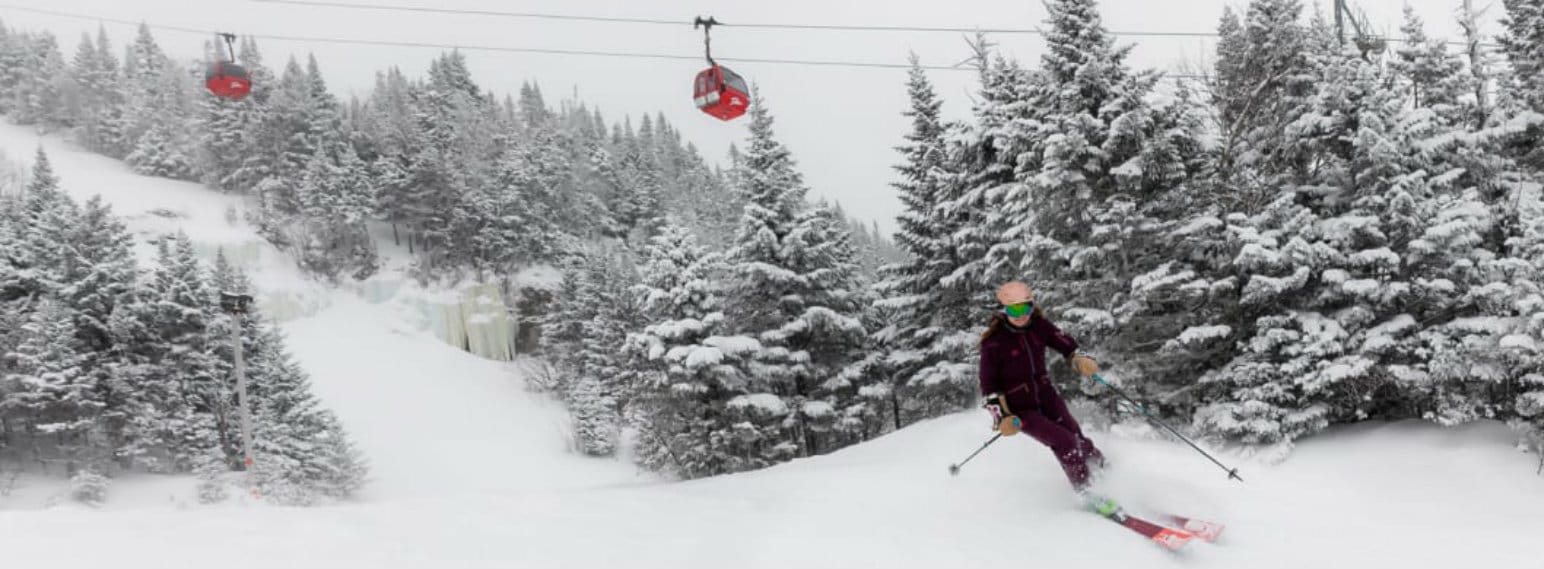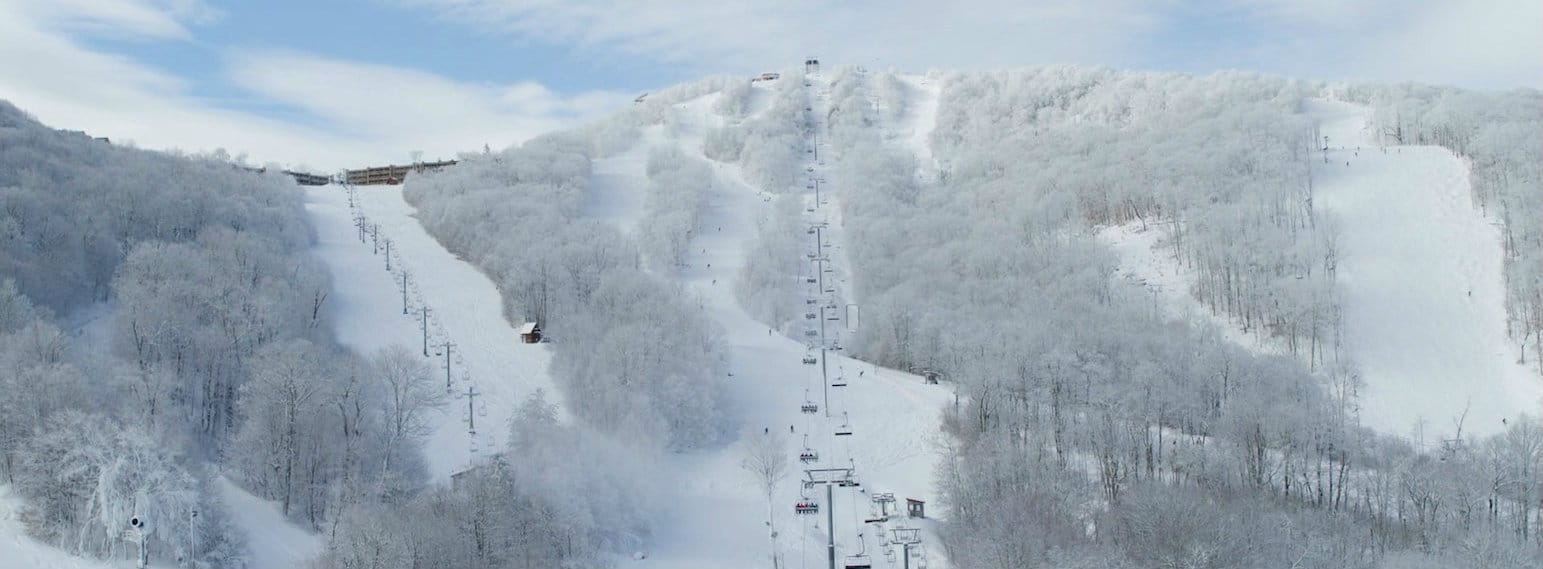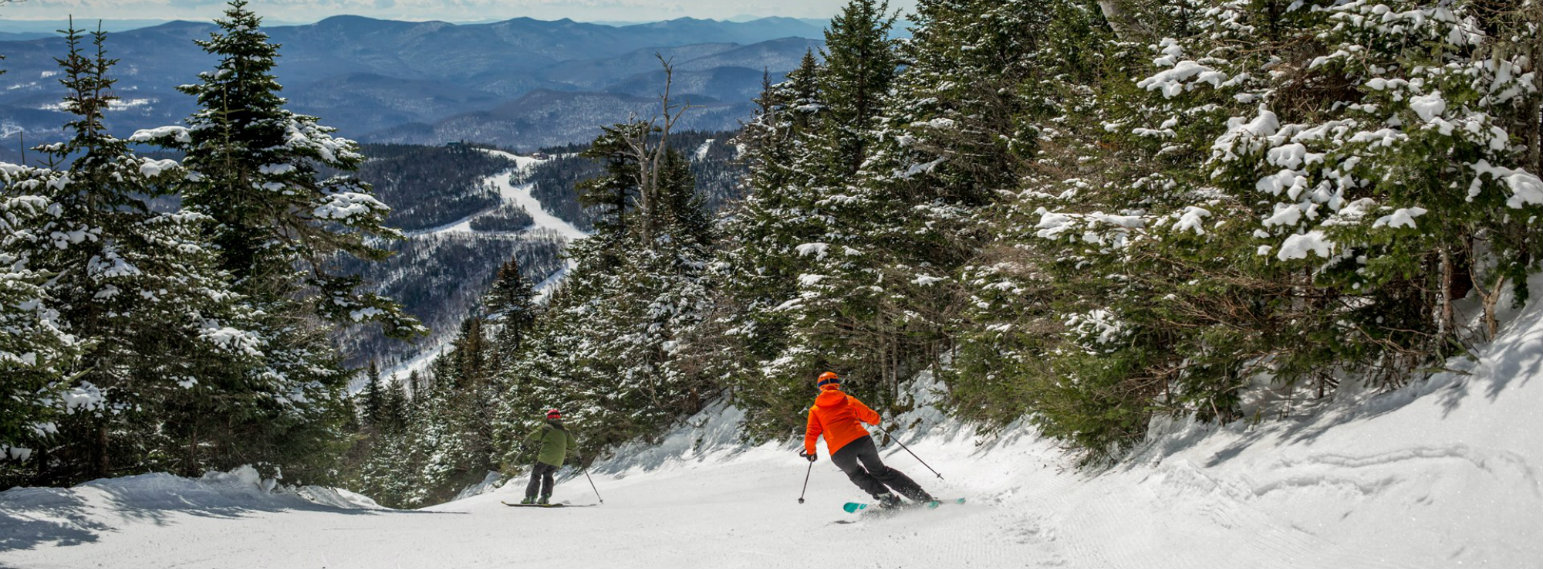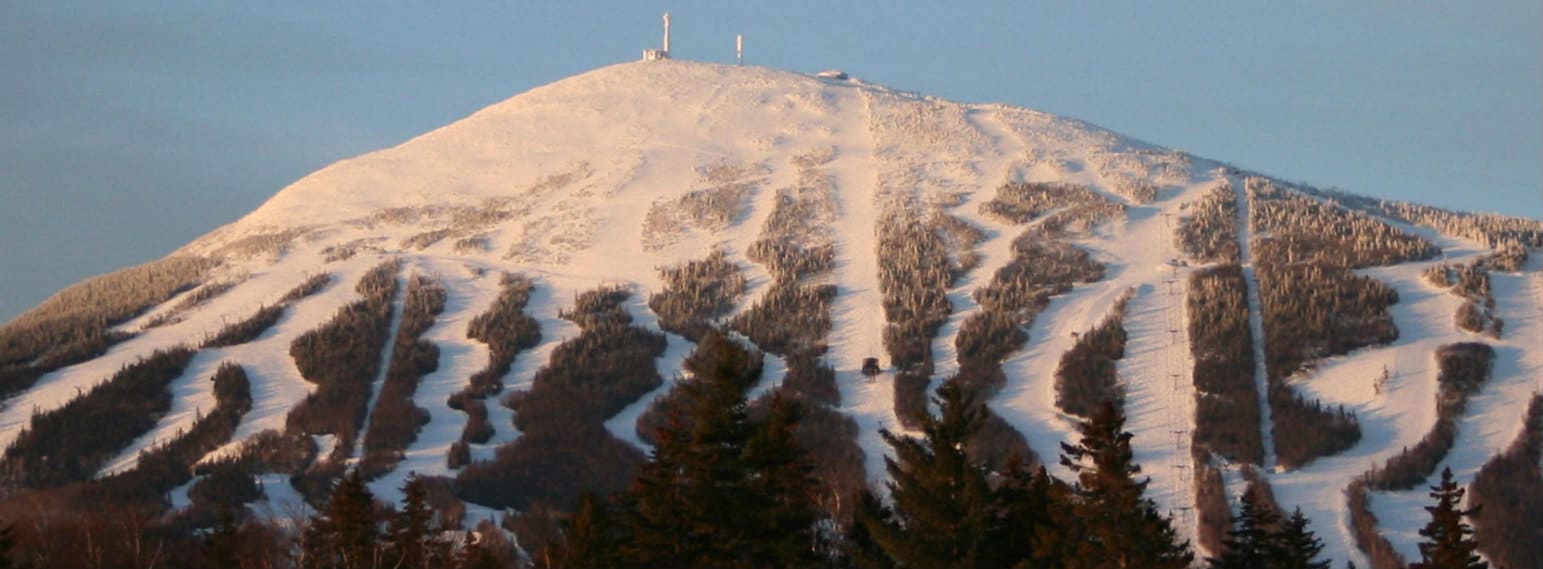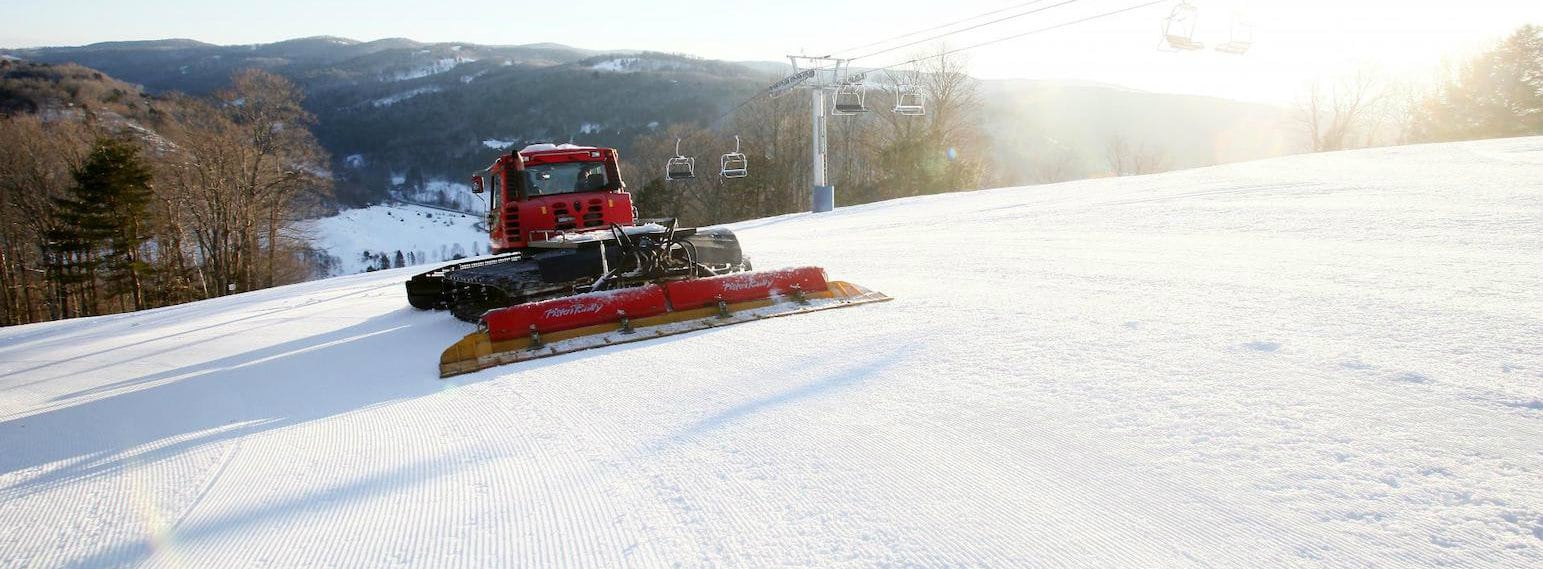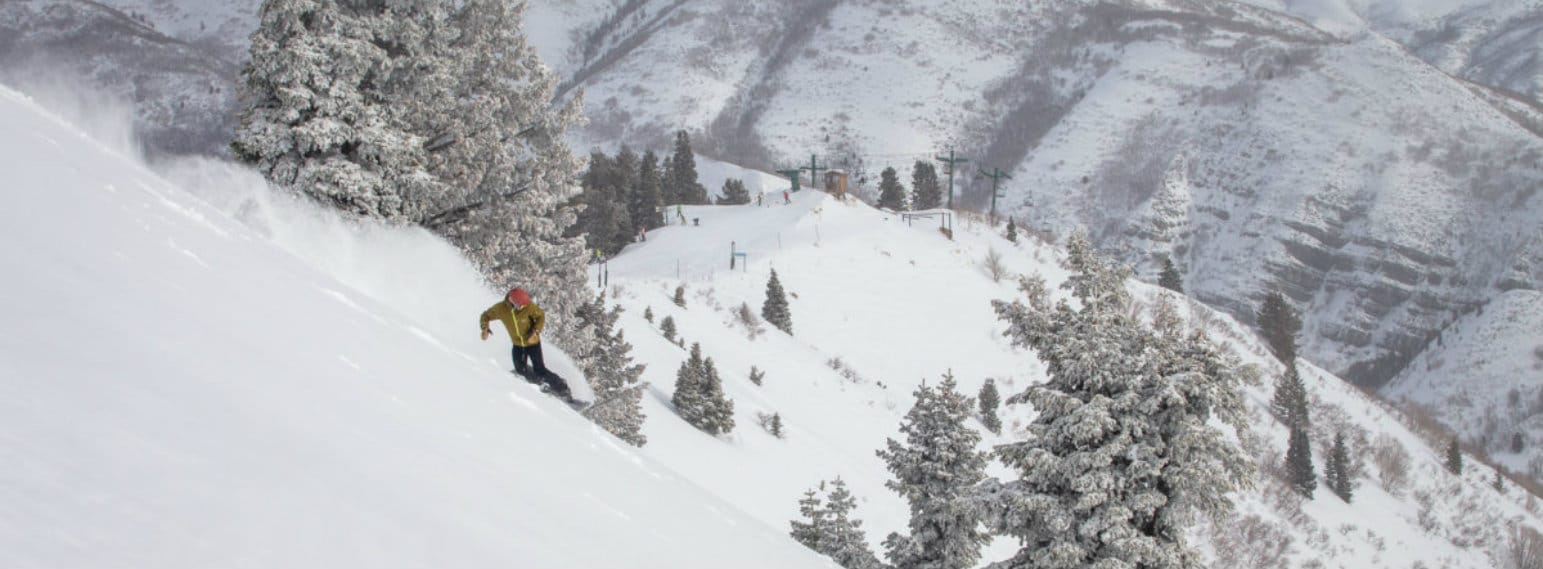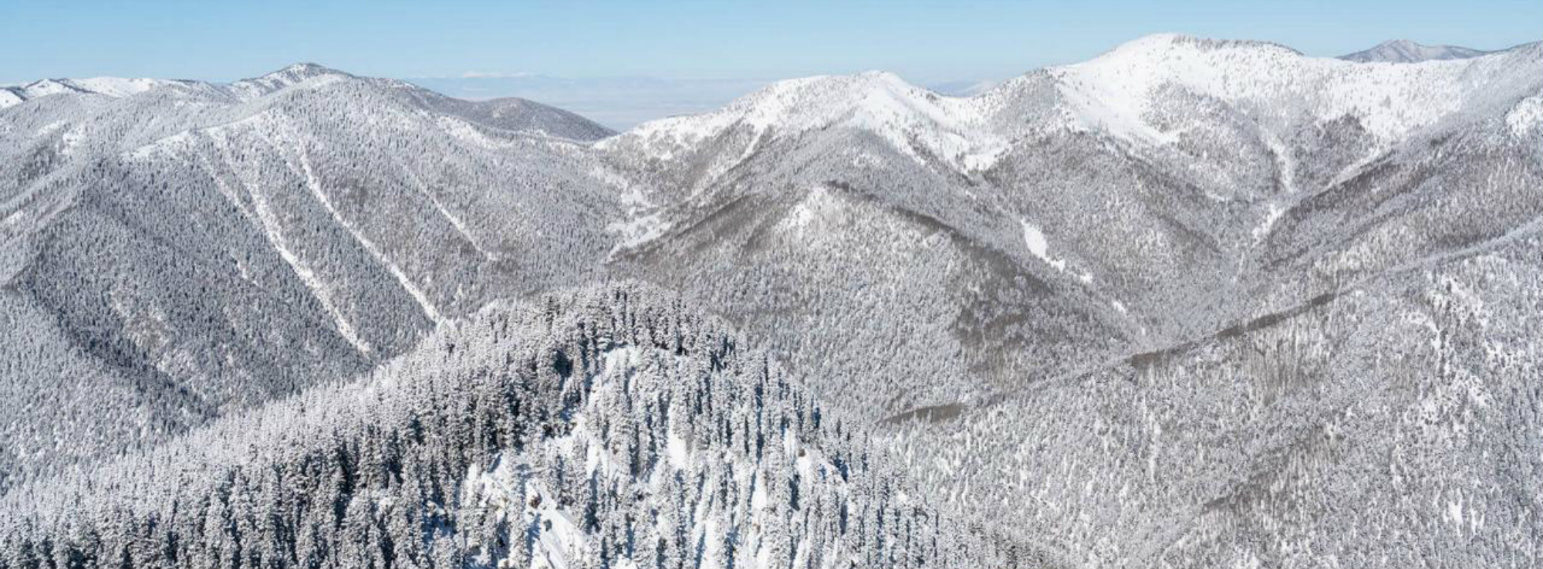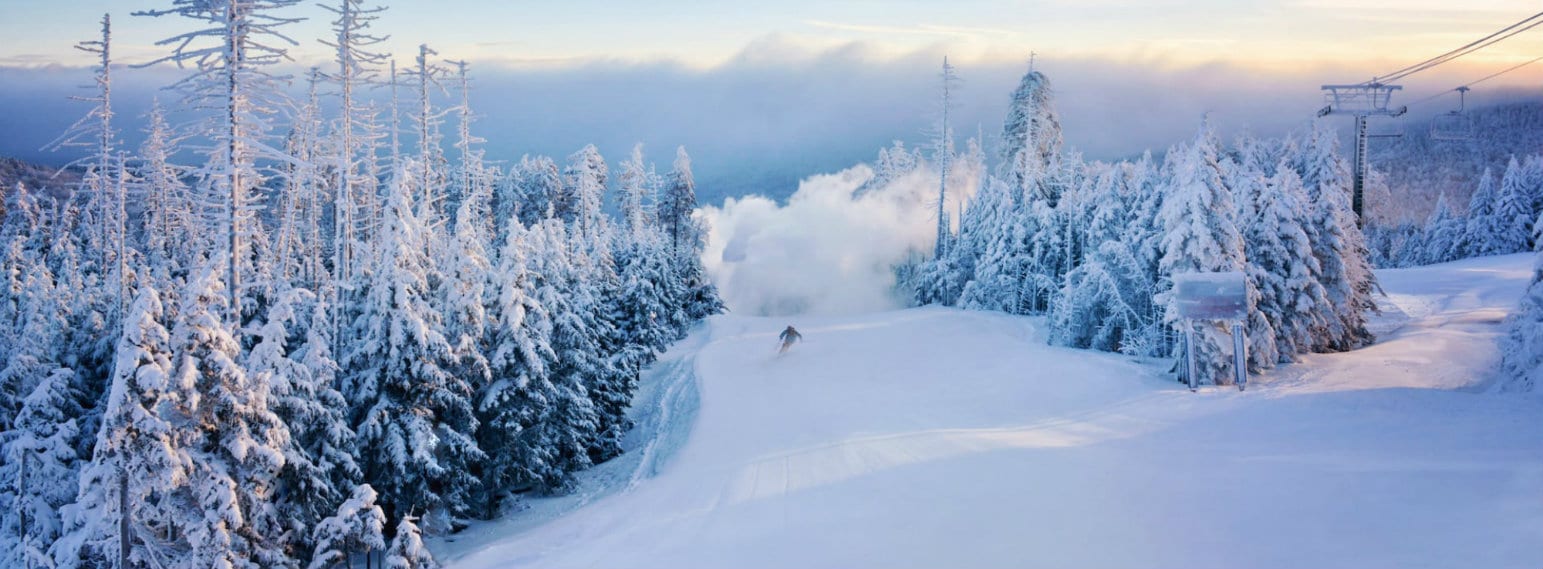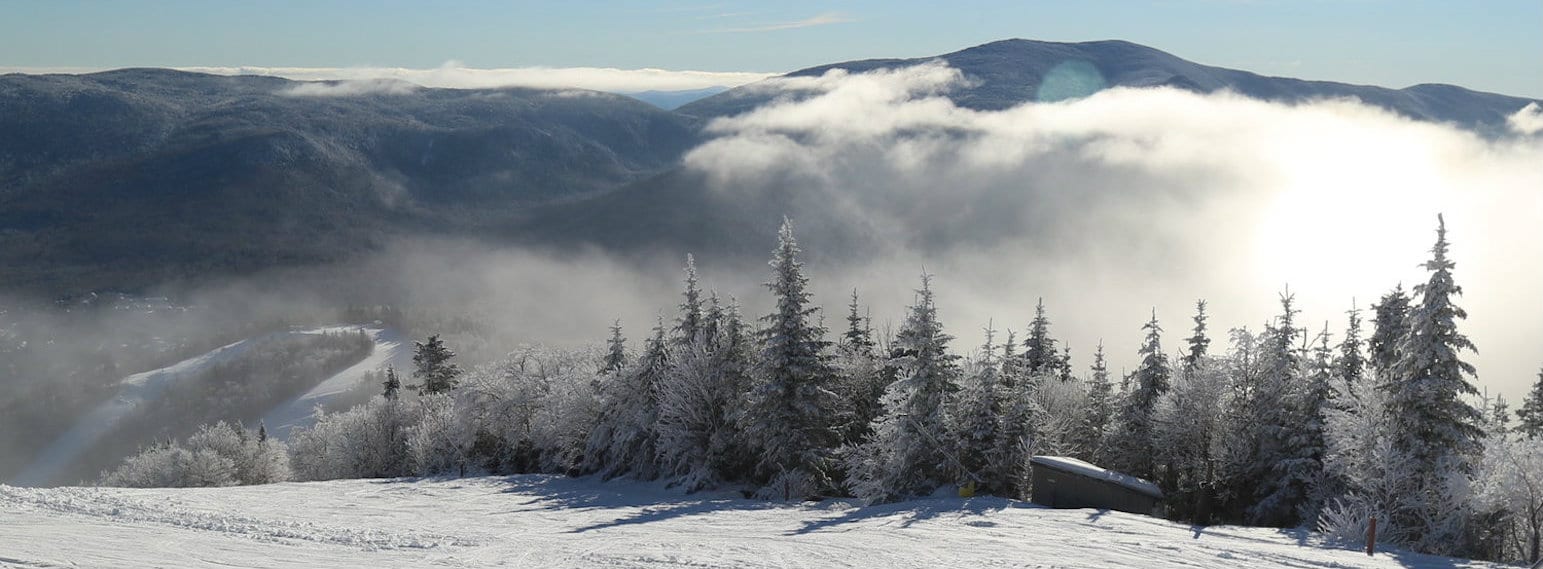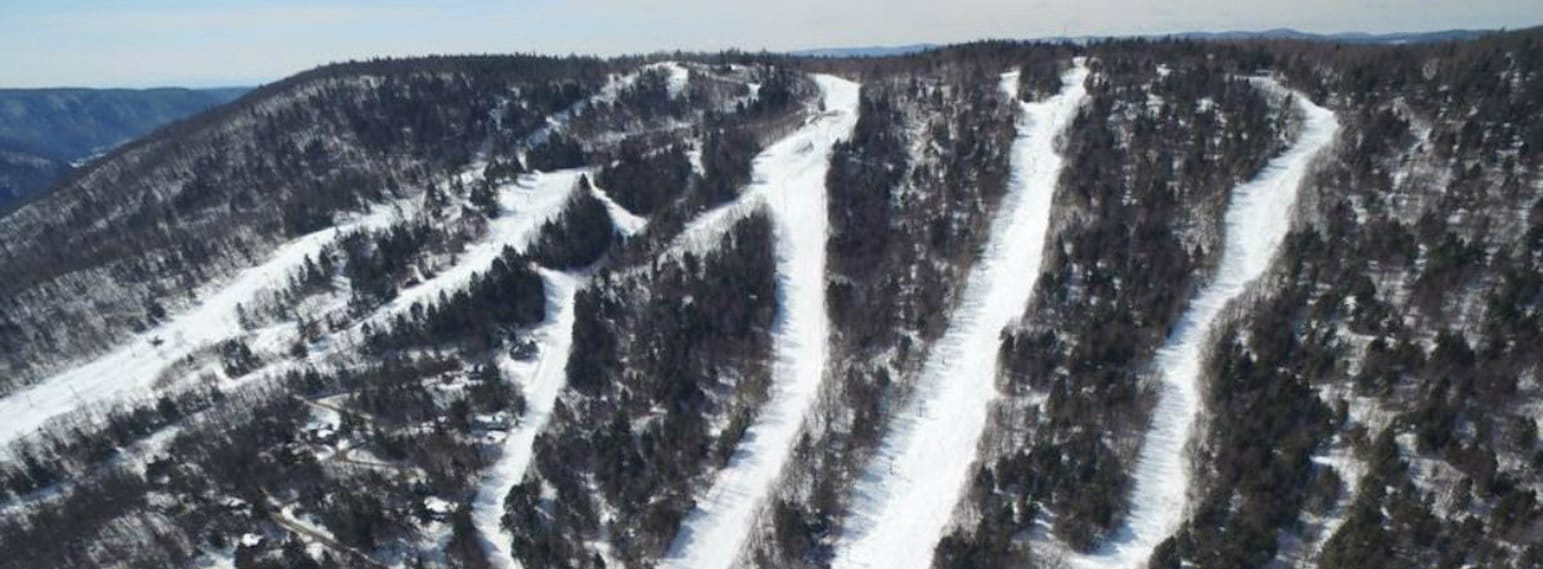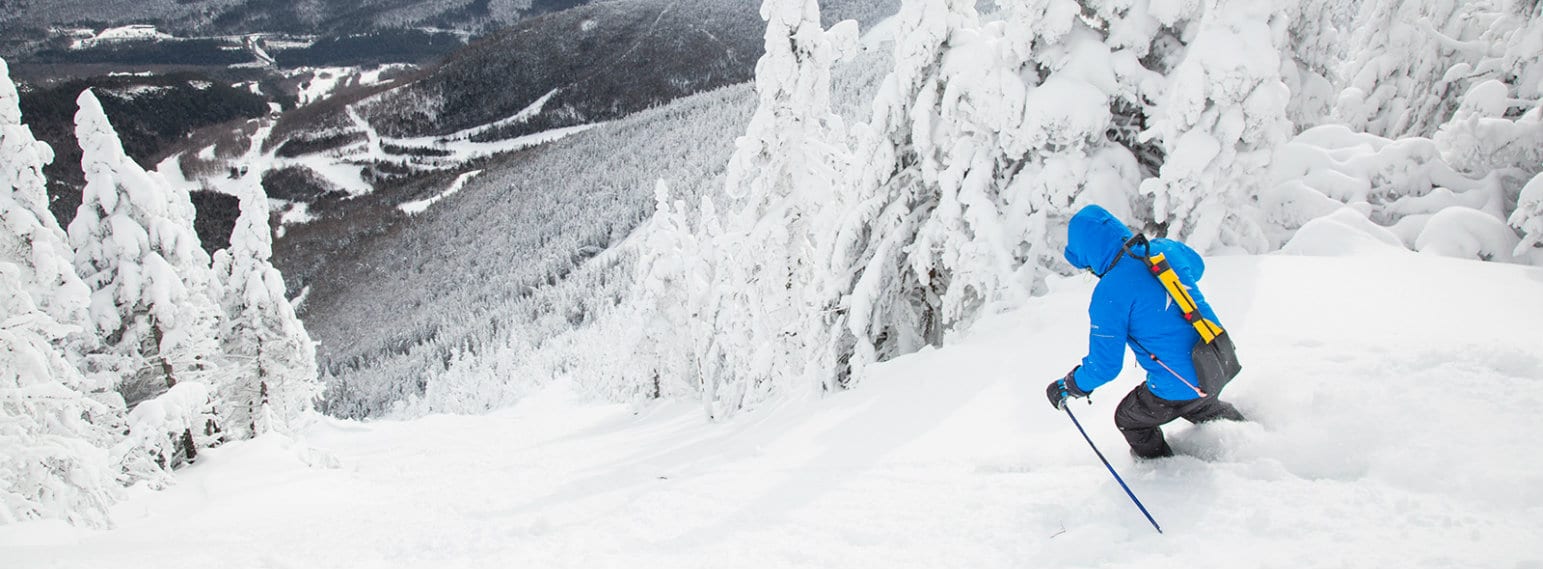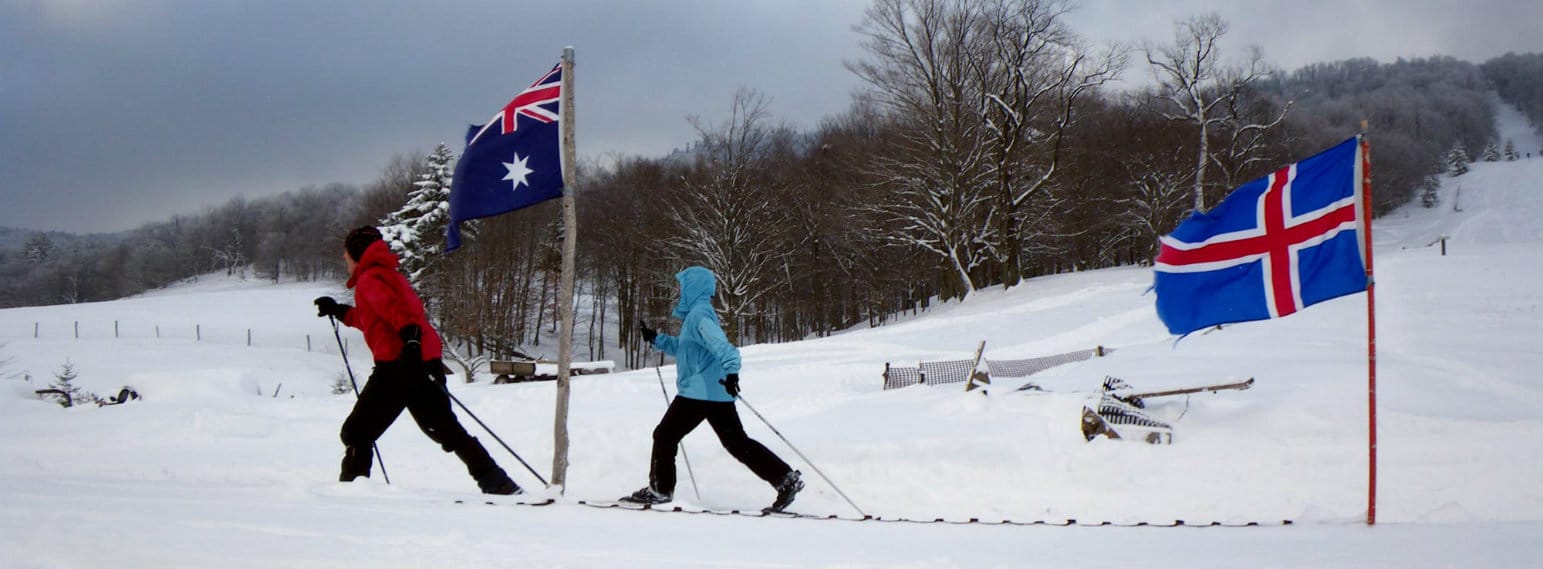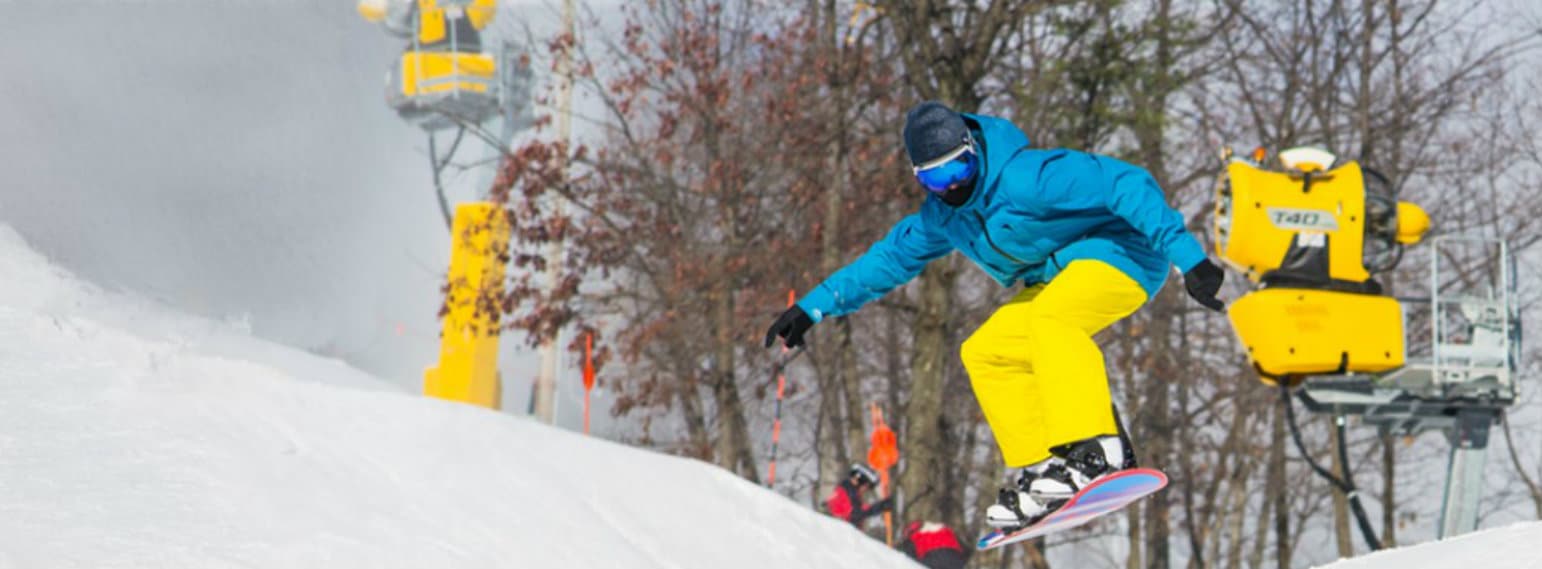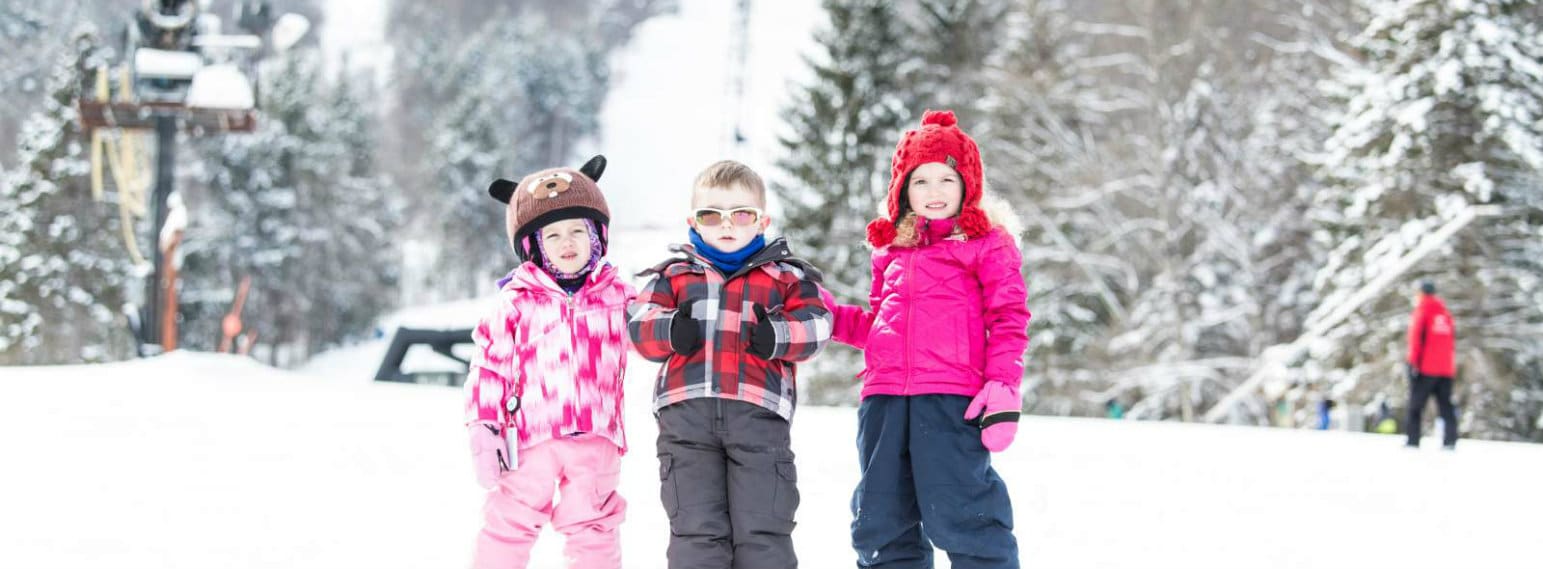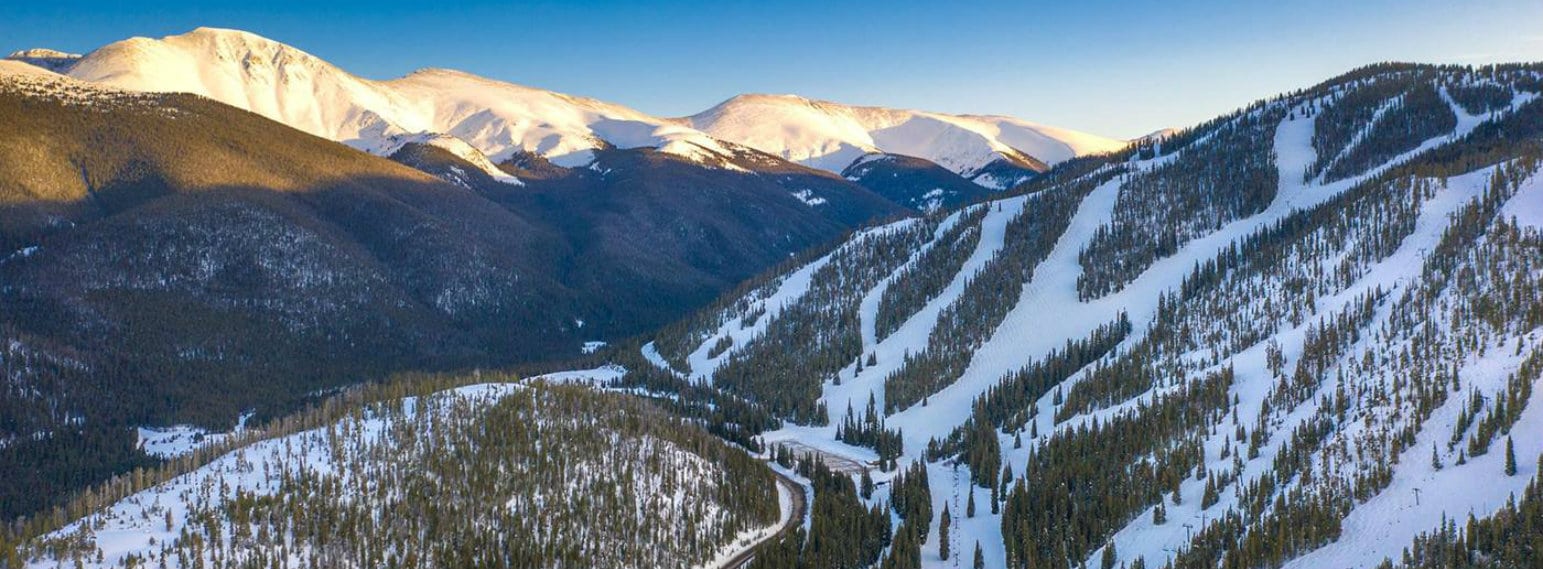Skiing in the USA is word class. Like the North American continent itself, skiing in the U.S. is varied with most of the "best resorts" in the west along the Rocky Mountains — Vail, Aspen Snowmass, Heavenly and Squaw Valley are all over 4,000 acres and Aspen Snowmass, Big Sky and Jackson Hole offer over 4,000 vertical feet — although the East Coast also has treasures such as Stowe. Average snowfall for most resorts is more than 25 feet per season.
There are an estimated 600 or more ski areas in the U.S. ranging from the small local ski hills to the biggest U.S. resorts of Vail, Aspen Snowmass, Heavenly and Squaw Valley. There is also big vertical in the U.S., with three resorts- Aspen Snowmass, Big Sky and Jackson Hole -offering over 4,000 vertical feet (1,200 m) of challenging skiing. To European diehards this may not quite measure up to the Alps, but North America includes some amazing opportunities for top-level skiers. Many U.S. resorts have between 40 percent and 70 percent of trails designated for advanced and expert skiers, reflecting the general policy of making everything within the resort boundaries “skiable” and largely dispensing with the need for guides and additional safety precautions, unlike the European situation where “off-piste”- even the area between the marked trails – is unpatrolled and skied at your own risk.
Much of the skiing is at high altitude. Around a dozen resorts, mostly in Colorado, have a base area above 8,000 feet (2,400 m) and a ski area rising to around 12,000 feet (3,600 m). That’s high enough to leave flatlanders short of breath even before they exert themselves, so you should consider your fitness level, allow time to acclimatize and make sure you drink plenty of fluids (no, not beer) when visiting these resorts. Remember too that temperature decreases with altitude: be ready for bitter temperatures up top, particularly with wind chill thrown in. Although most of the skiing is in the west, there is still some great skiing to be found in Stowe, Killington and Sugarloaf in the Eastern United States. Snow is seldom a problem: the majority of our featured resorts average more than 25 feet (8 m) of snowfall per season. Alta and Snowbird in Utah, and Kirkwood , California, share top place with around 500 inches (1,200 cm). Colorado boasts the driest, lightest powder and Grand Targhee reminds you that their snow is “from heaven, not from hoses”. By contrast, many resorts, particularly those on the east coast, get the season started with artificial snowmaking and continue to supplement natural snowfall through the season. Other than during exceptionally mild periods this ensures good snow cover, though it’s not without drawbacks: man-made snow is between two and five times wetter than natural snow, making it more icy and less fun to ski on, while the 150,000 gallons of fresh water needed to cover an acre to a depth of one foot (30 cm) makes snow production potentially damaging environmentally.
Investment in the latest high-speed lift systems has further reduced lift lines. One of the great attractions of skiing in the U.S. is the relative scarcity of other skiers, along with lift systems organized to keep lines to a minimum. Even during holiday periods and in resorts close to big cities, anyone with European lift-line experience will find the U.S. a walk in the park. Good grooming, high levels of friendly service and exceptional standards of ski tuition (with daycare for young children) are other areas where U.S. resorts stand out. A couple of aspects about skiing in the U.S. can take international visitors by surprise: many of America’s resorts lack real communities at the base of the mountain, meaning ambience (and sometime even accommodation) is lacking; you may have to shuttle from a nearby town each day to ski. And many individual ski areas are also relatively small, so unless choosing one of the bigger U.S. resorts, the ideal solution is to select a number of resorts to visit, moving on by car at the end of the ski day to maximize variety on and off slope. It’s the perfect way to get a taste of the continent’s magnificent mountain diversity too and a chance to see some of the U.S.’s famous national parks en route to your next destination, if you can tear yourself away from the skiing.
Also noteworthy are American liquor laws that require you to be over 21 to consume alcohol legally; sometimes children under 21 aren’t permitted to accompany their parents in bars, creating a more restrictive après-ski scene for families than in Europe.











